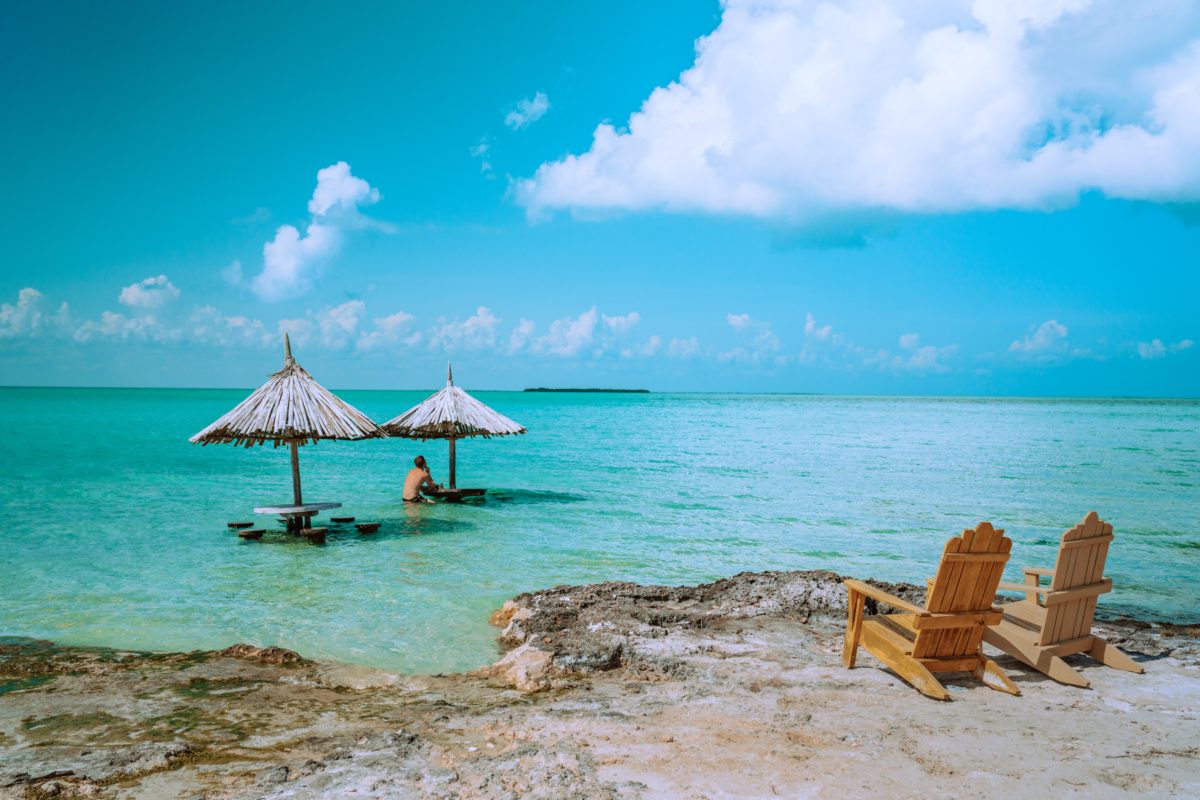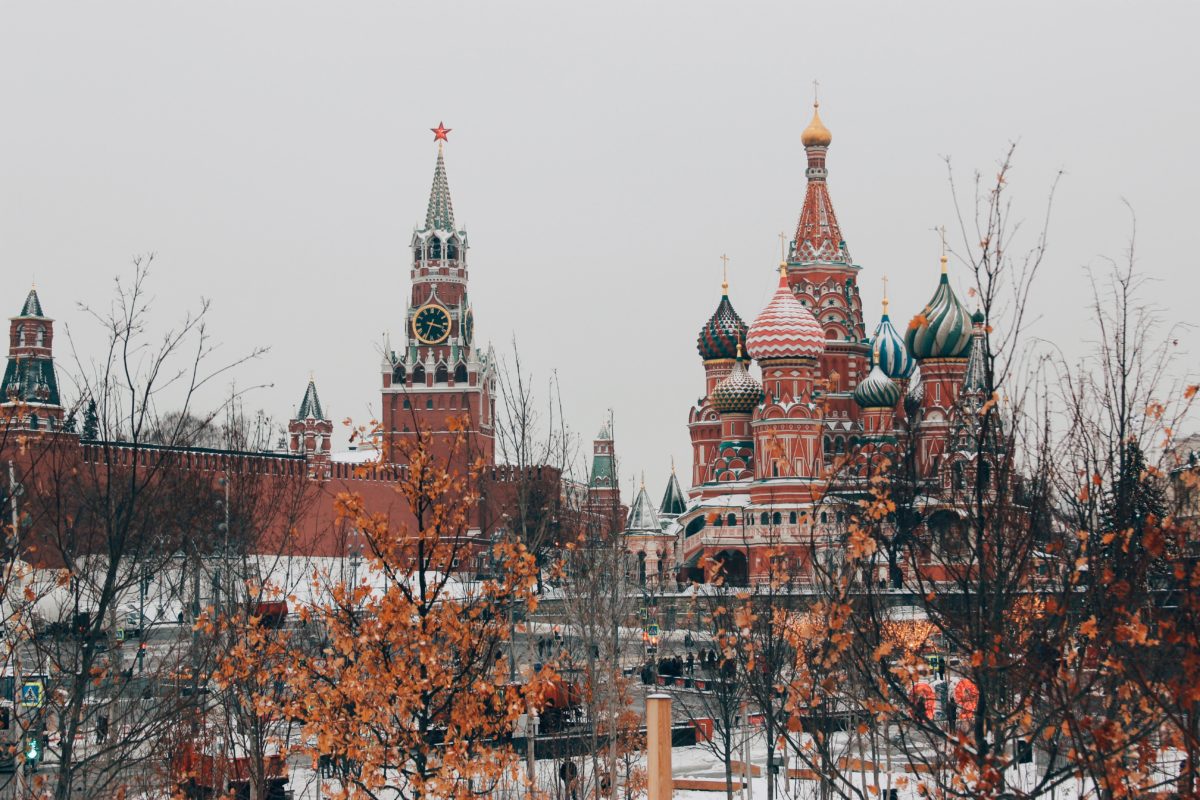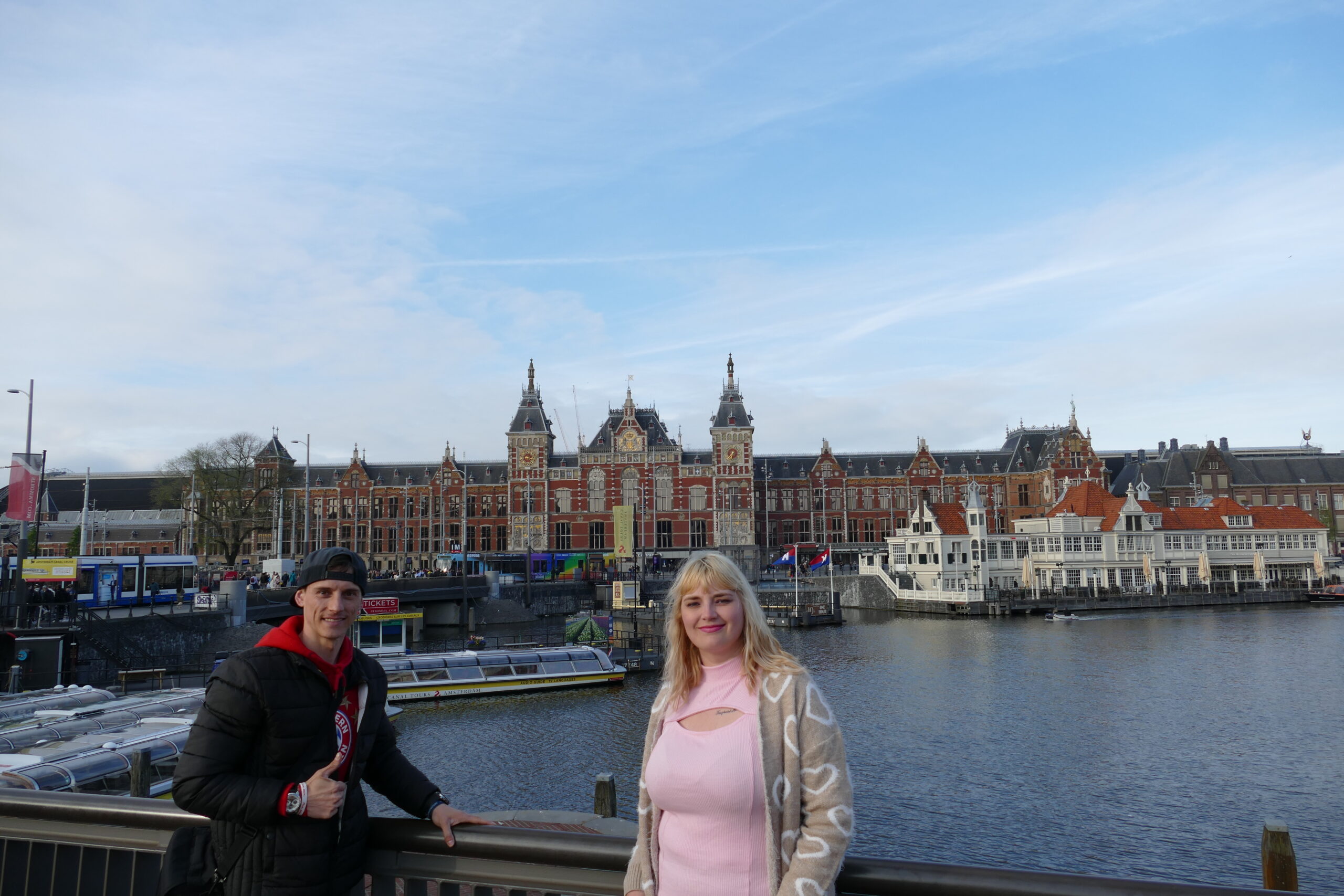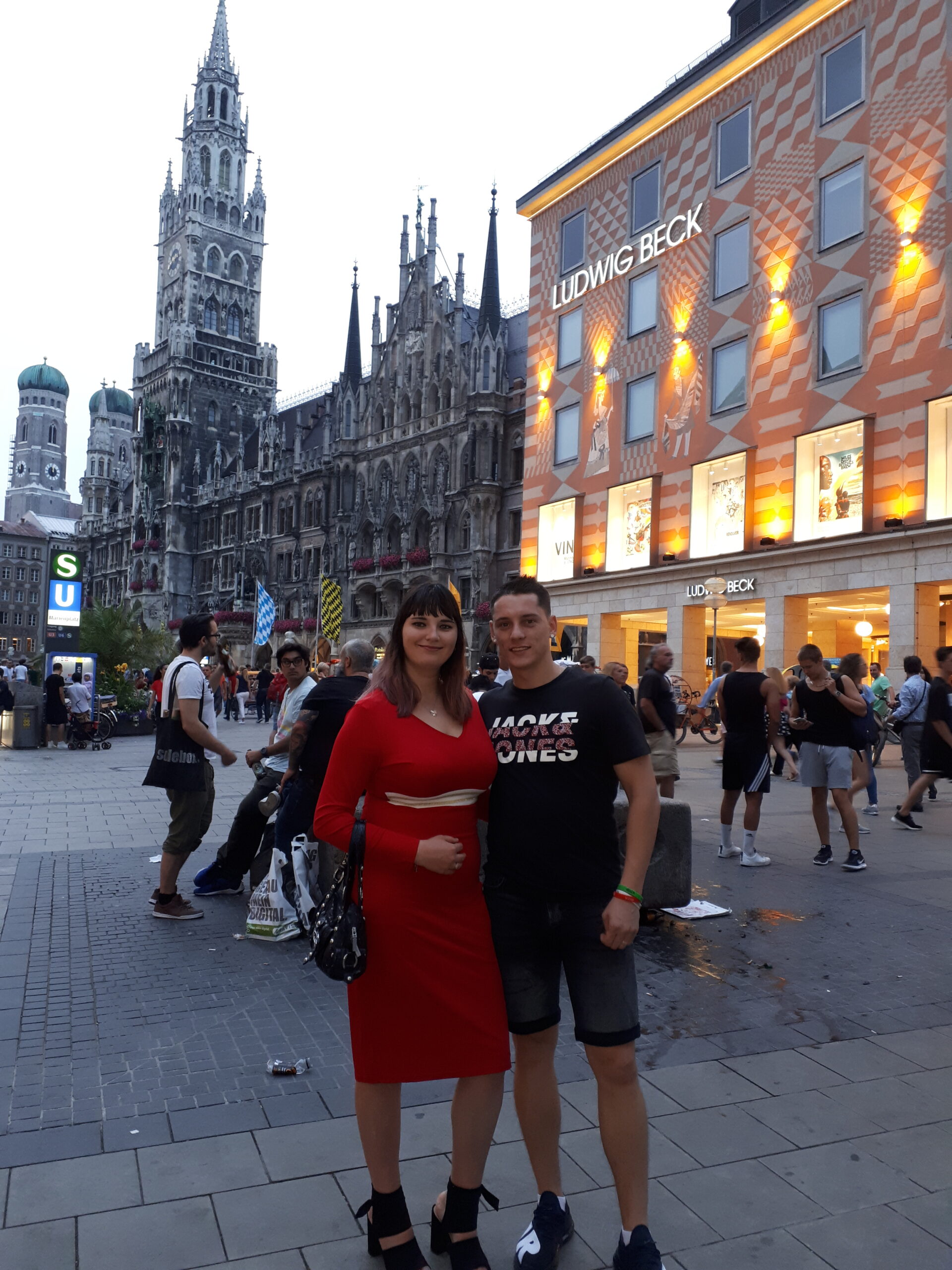
Munich is in Germany: Exploring The Vibrant Heart of DE 2024
Munich is in Germany: Exploring The Vibrant Heart of DE 2024
Munich is in Germany the best city to live, travel and enjoying amazing food and landscapes! It has already been 11 years since we lived in Munich, Germany. So far we have already managed to visit a large part of this wonderful country – we have seen beautiful lakes and waterfalls, but also the cities with the main attractions. Apart from this general article about Germany, we also wrote about every city, lake and small town we visited and German restaurant ideas. If you want to know more about these beautiful places, we invite you to read the other articles about Germany.
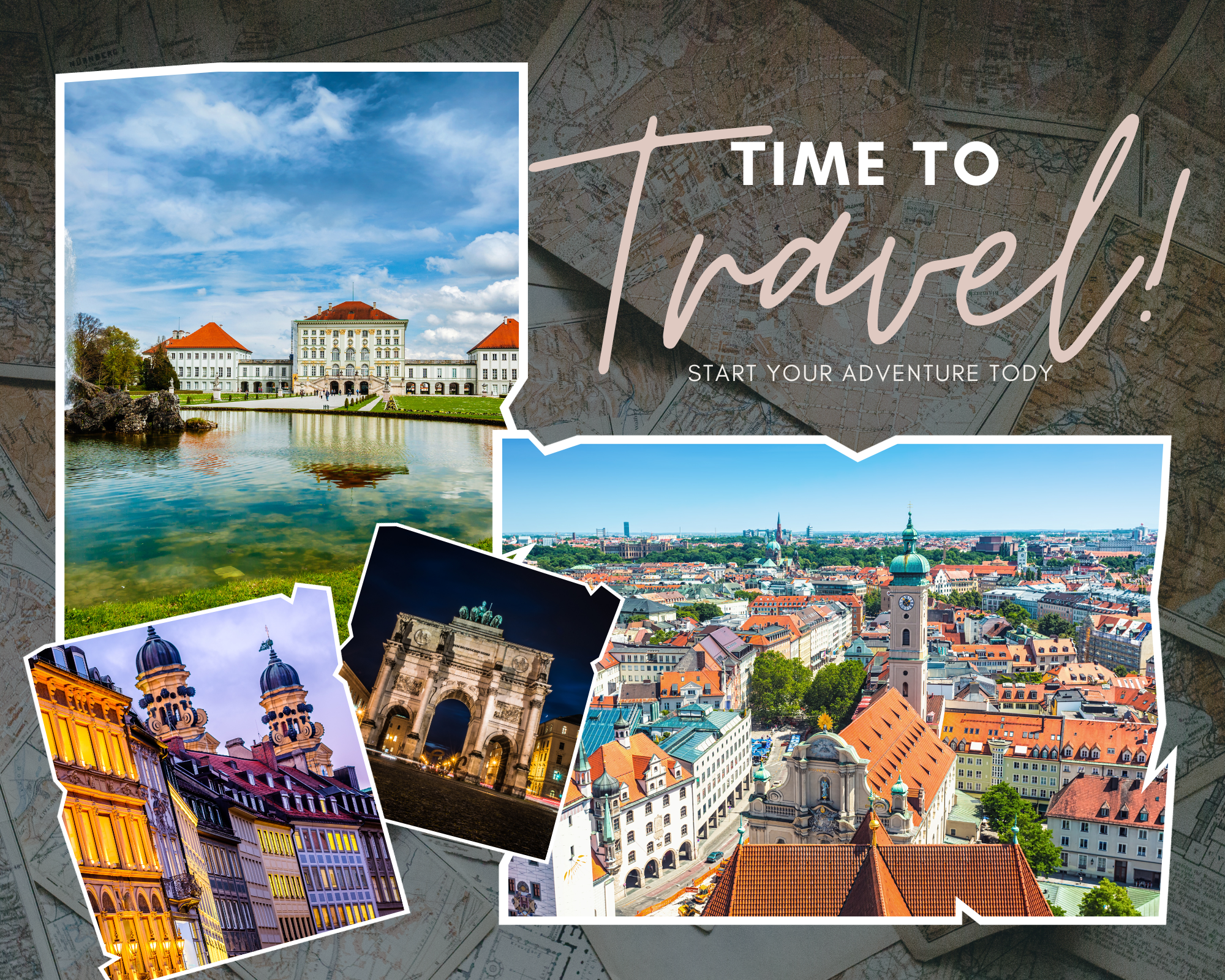
Table of Contents
Germany Map
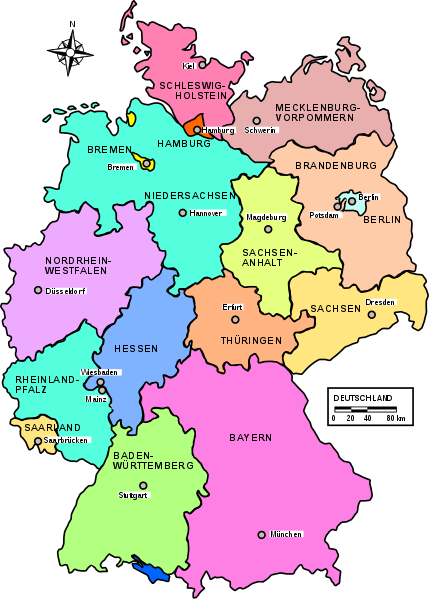
Informations
Munich is the capital and most populous city of Bavaria. With a population of 1,558,395 inhabitants as of July 31, 2020,it is the third-largest city in Germany, after Berlin and Hamburg. The city’s metropolitan region is home to 6 million people.Today, Munich is a global centre of art, science, technology, finance, publishing, culture, innovation, education, business, and tourism and enjoys a very high standard and quality of living, reaching first in Germany and third worldwide.
Temperature: Summer is the perfect time to visit the country in terms of the weather. The sky is clear and everybody heads outdoors to enjoy the sun.
Language: The official language is German.
Currency: Euro
Food Prices: Meal in a cheap restaurant=14 EUR, Meal for 2 People, Mid-range Restaurant=50 EUR
You can find more information about the visa here.
Things to do
Marienplatz
Marienplatz is the central square in Munich city center and the beginning of the pedestrian zone.
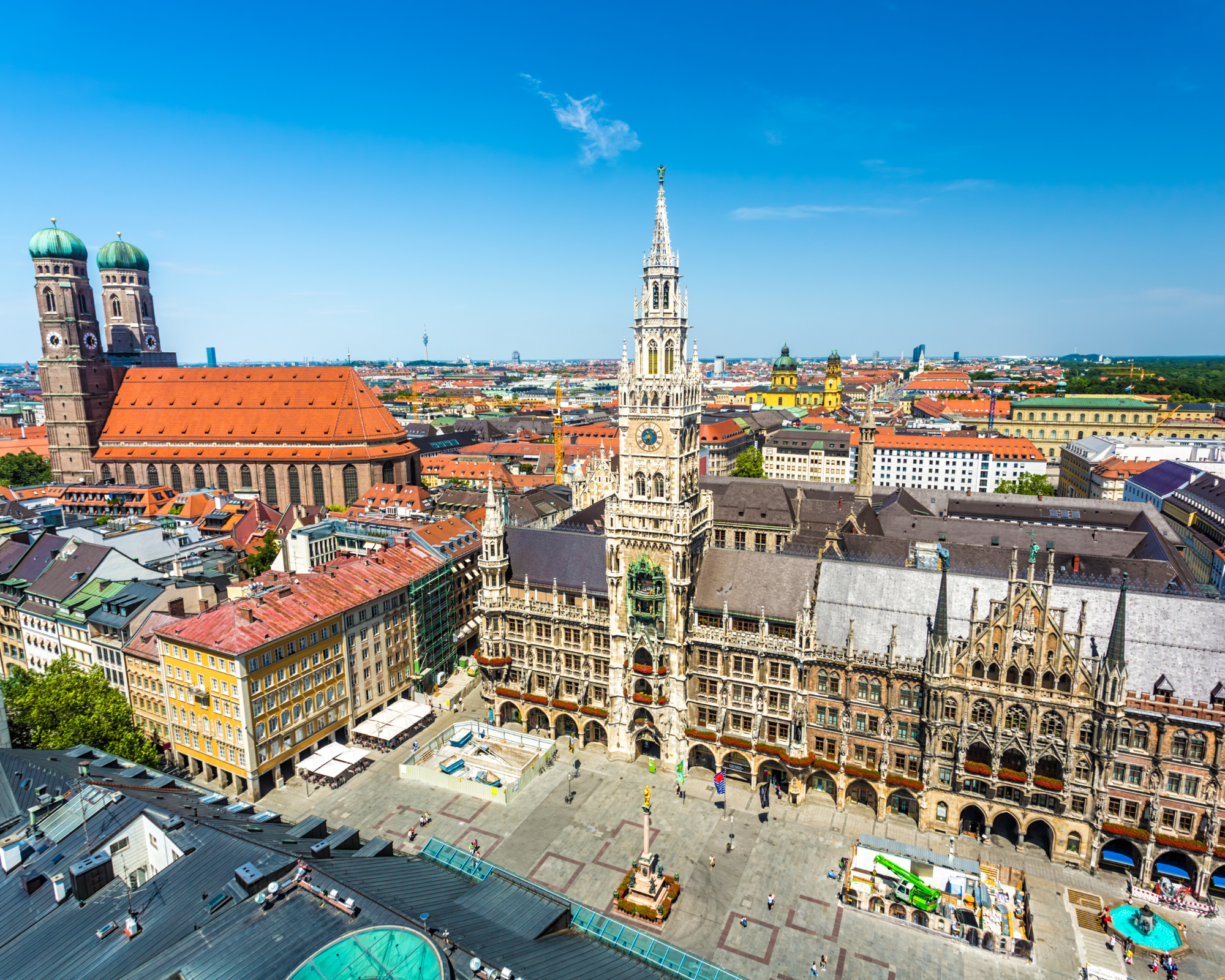
Nymphenburg Palace
Nymphenburg Palace is a monument in the Neuhausen-Nymphenburg district of the Bavarian capital Munich. From 1715 to 1918 it was the summer residence of the Electors and Kings of Bavaria from the House of Wittelsbach. Over two centuries, it was expanded from a small country house to a monumental three-wing complex by the architects Enrico Zuccalli and Joseph Effner in the Baroque and Rococo styles. The castle, together with the east-side roundel, the west-side park, four castles and numerous canals, forms a unique architectural ensemble.
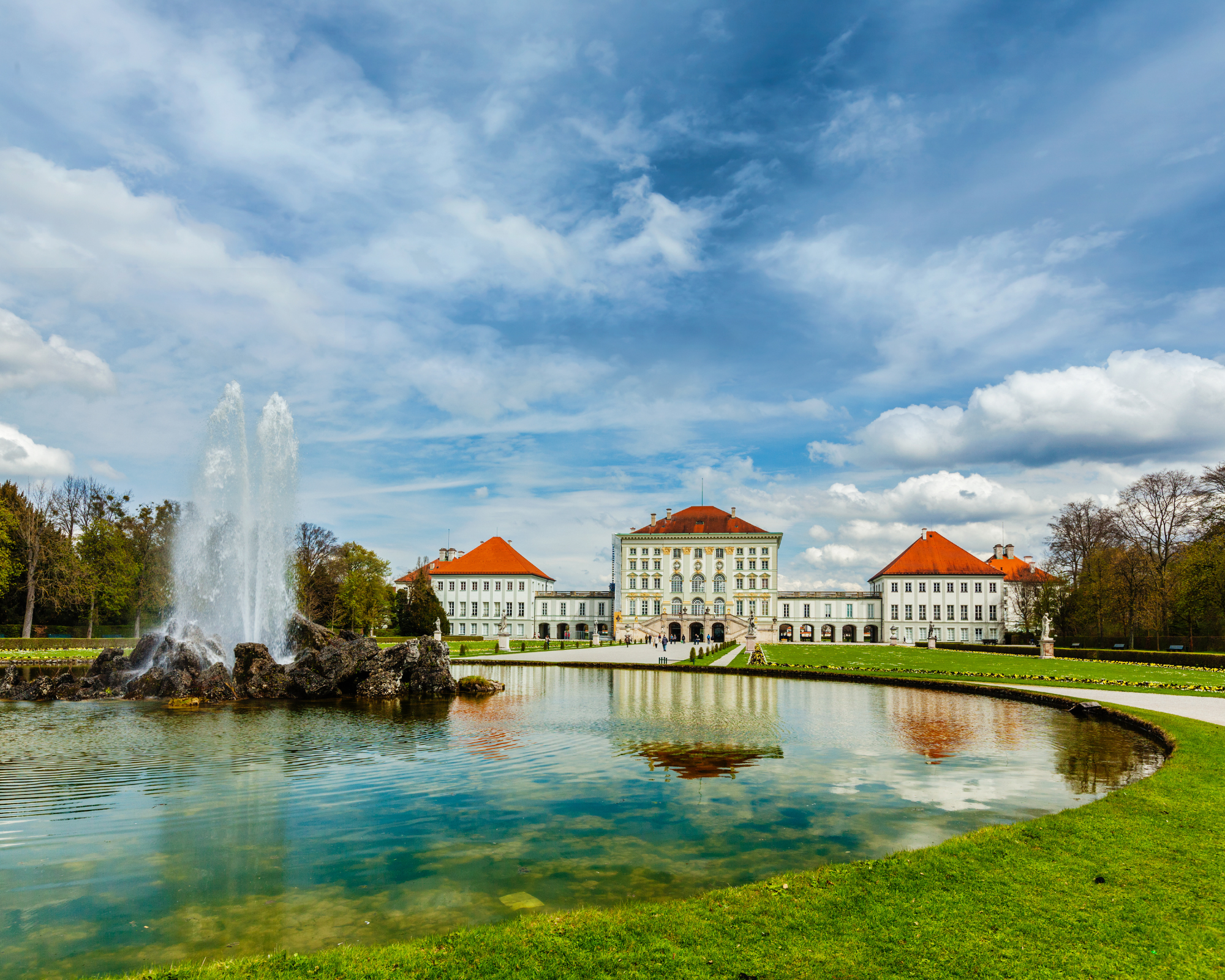
English Garden
The English Garden is located in the northeast of Munich on the west bank of the Isar. With its 375 hectares of green space, it is one of the largest parks in the world. The name English Garden was taken from the English landscape gardens that Friedrich Ludwig von Sckell took as a model when designing the area. The Munich English Garden is one of the first large continental European parks that anyone could enter.
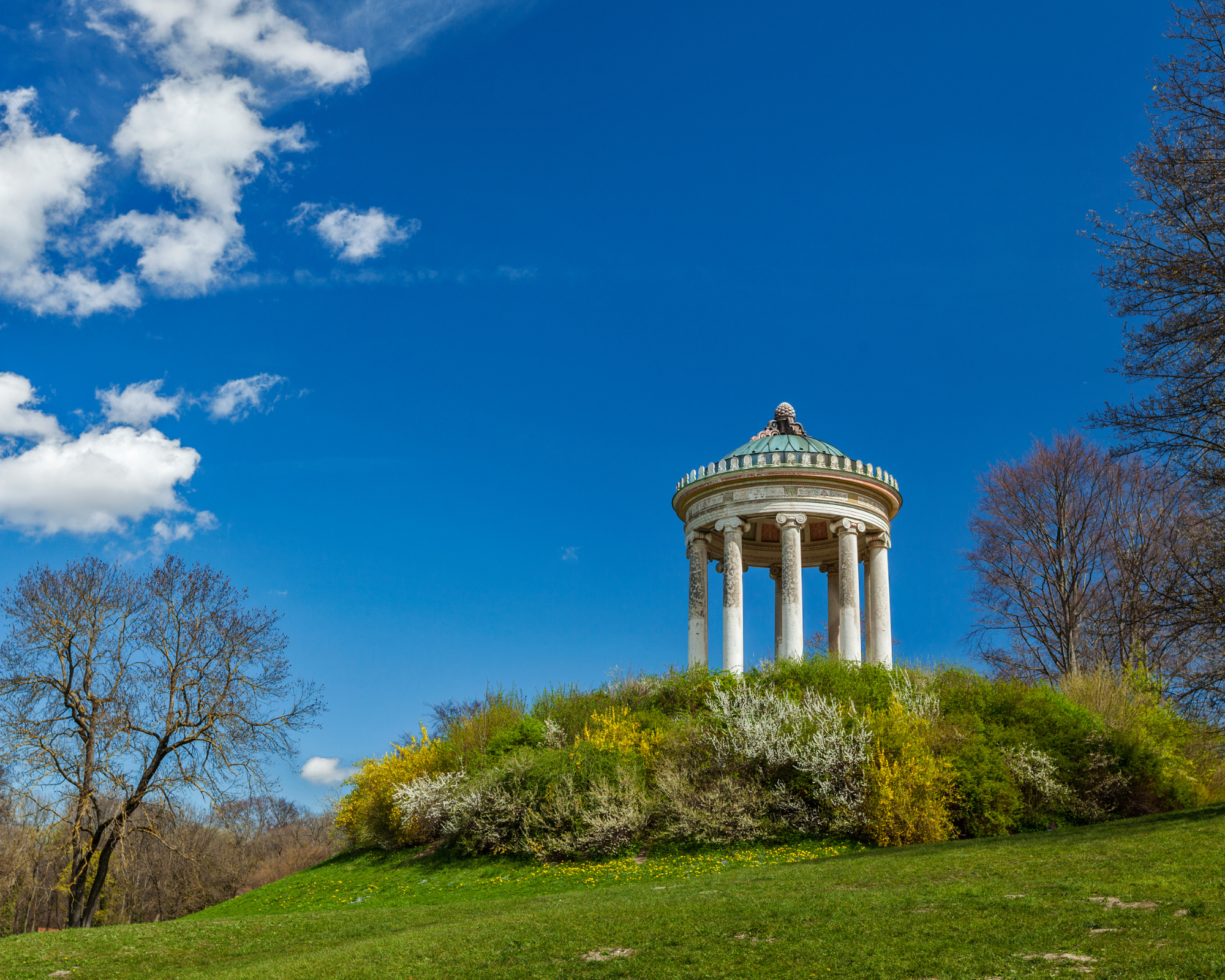
New Town Hall
The New Town Hall on Marienplatz in Munich is the seat of the mayor, the city council and the headquarters of the Munich city administration. It was built in three phases by Georg von Hauberrisser from 1867 to 1909 in the neo-Gothic style.
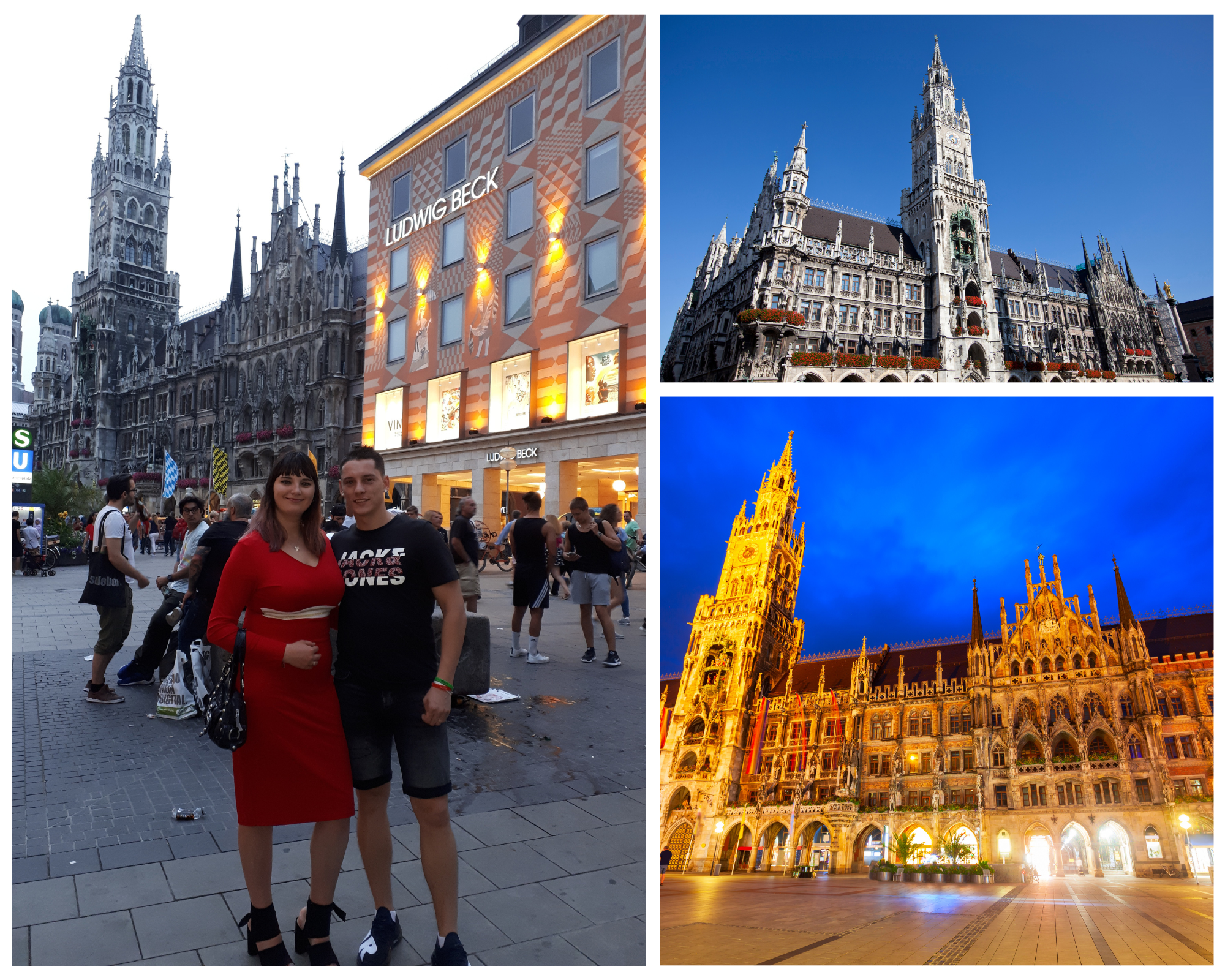
German Museum of Masterpieces
The German Museum of Masterpieces of Natural Science and Technology in Munich is one of the largest science and technology museums in the world in terms of exhibition space. As an institution under public law, in addition to its headquarters on Munich’s Museum Island, it operates four branch offices in Bonn, Munich, Nuremberg and Oberschleißheim. The declared aim is to bring scientific and technical findings as vividly as possible to interested laypeople in an understandable manner.
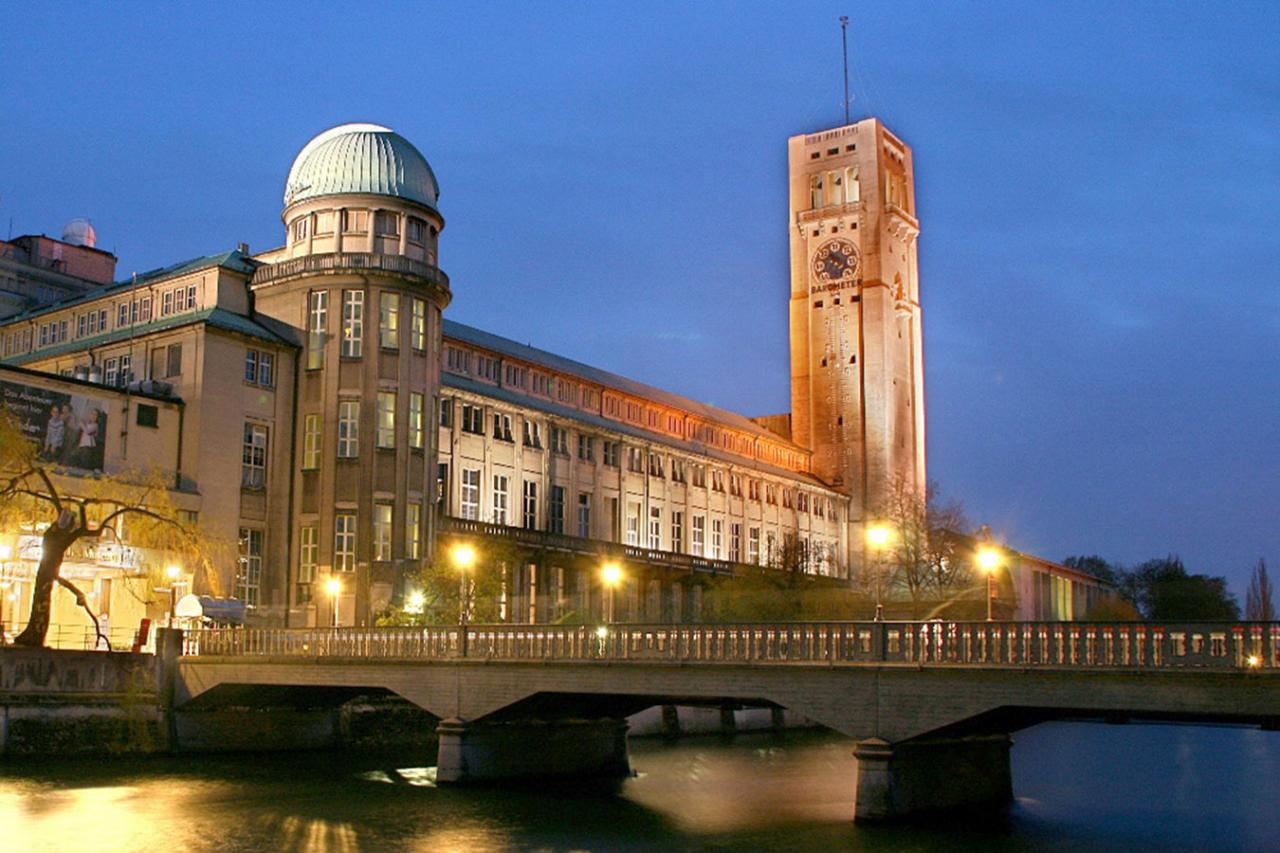
Munich Residence
The Munich Residence is a monument in the Altstadt-Lehel district of the Bavarian capital Munich. From 1508 to 1918 it was the seat of the dukes, electors and kings of Bavaria from the House of Wittelsbach. Over four centuries it was designed by the architects Friedrich Sustris, Joseph Effner, François de Cuvilliés the Elder. Ä. and Leo von Klenze expanded it from a small fortified castle to a monumental four-wing complex in the styles of Renaissance, Baroque, Rococo and Classicism.
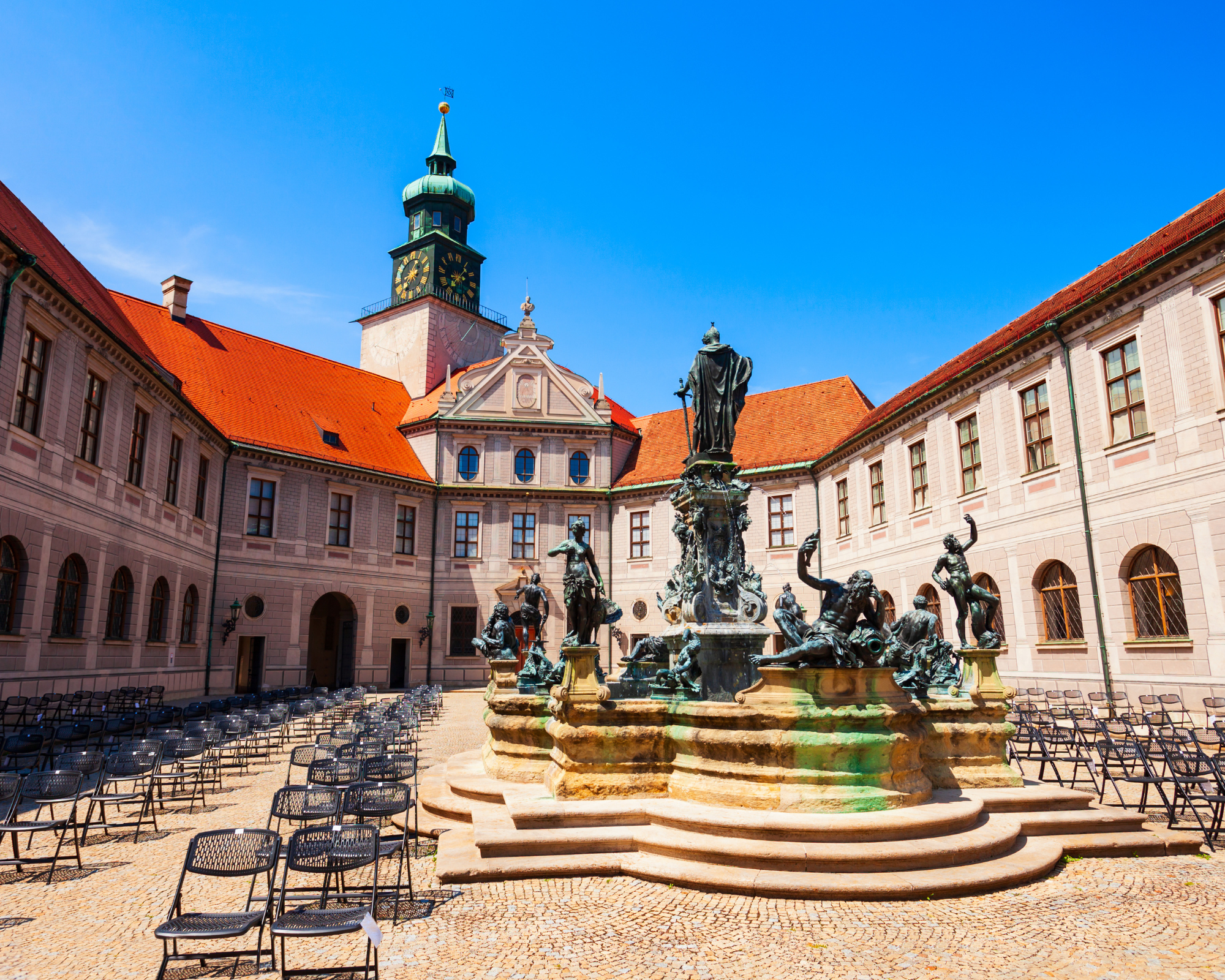
Dachau Concentration Camp
The Dachau Concentration Camp Memorial is located north-northwest of Munich on the eastern edge of Dachau. It was built on May 5, 1965 as a memorial and place of remembrance on the former prison grounds of the Dachau concentration camp. Since 2003 it has been sponsored by the Bavarian Memorials Foundation. The memorial archive and part of the exhibition are located in the camp’s preserved former farm building. The memorial is visited by around 1,000,000 people from all over the world every year.
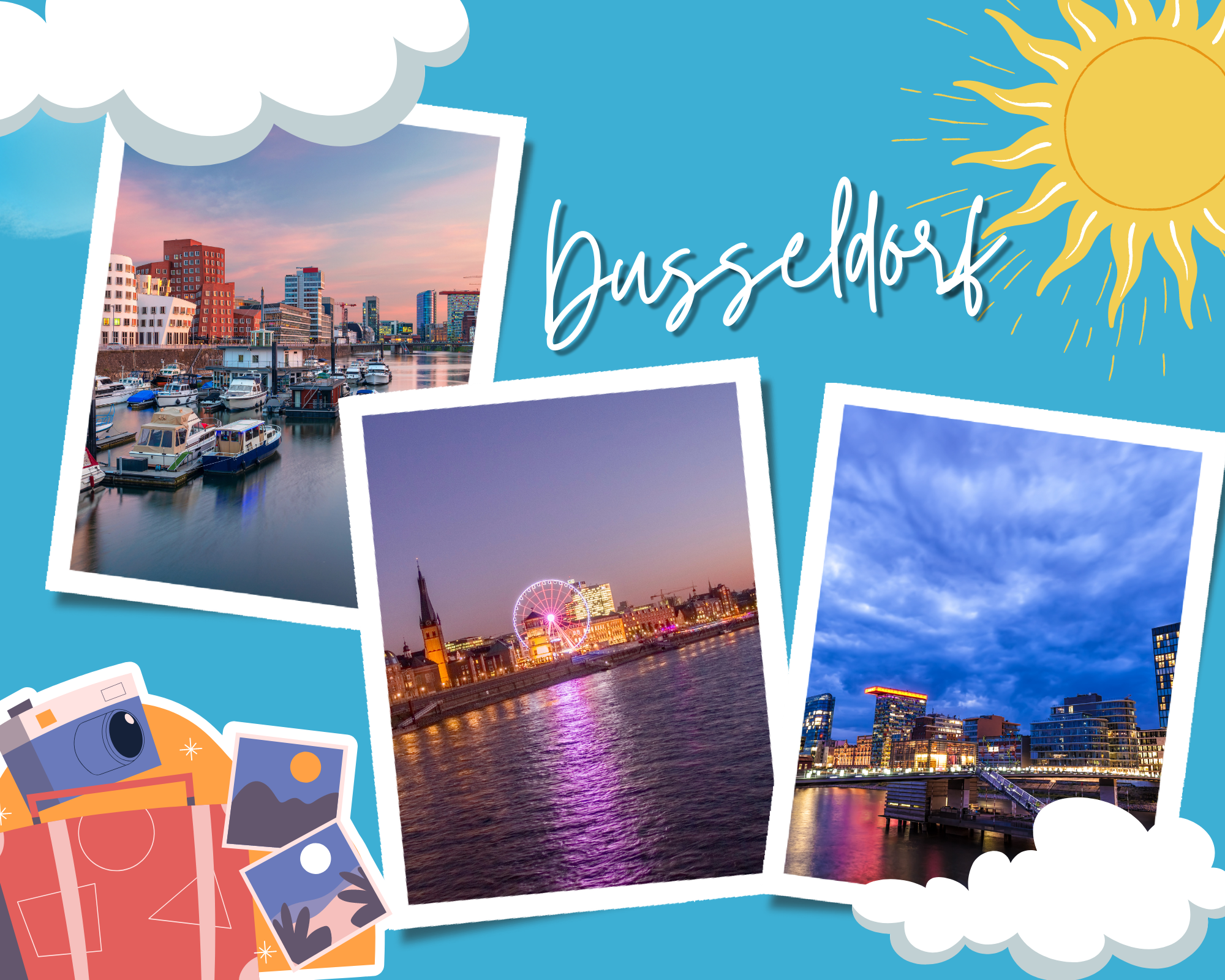
Munich Art Gallery
The Hypo-Kulturstiftung art gallery in Munich is the most important and best-known institution of the Hypo-Kulturstiftung and shows three to four temporary exhibitions every year. With around 350,000 guests every year, it is one of the most visited exhibition halls in Germany.
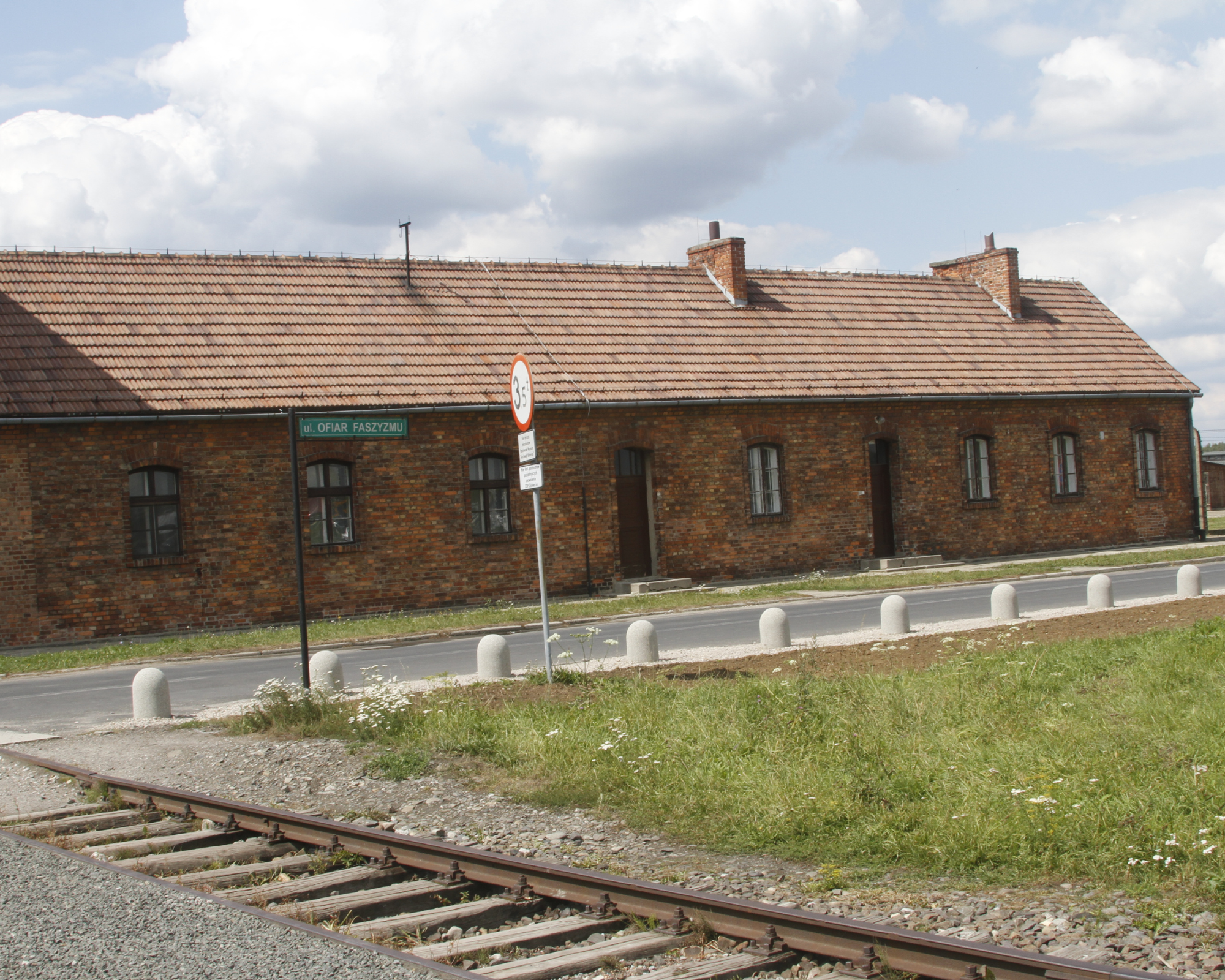
Olympia Park
The Olympic Park in Munich was the venue for the XX. Olympic Games 1972 and is located in the Munich district 11 Milbertshofen-Am Hart on the Oberwiesenfeld area. To this day it is a venue for sporting events as well as a venue for cultural, social or religious/ideological events or church services. The Olympic Park is managed by Olympiapark München GmbH, a wholly owned investment company of the state capital Munich. By November 2015, over 11,500 events with more than 200 million visitors had taken place in the 85-hectare park.
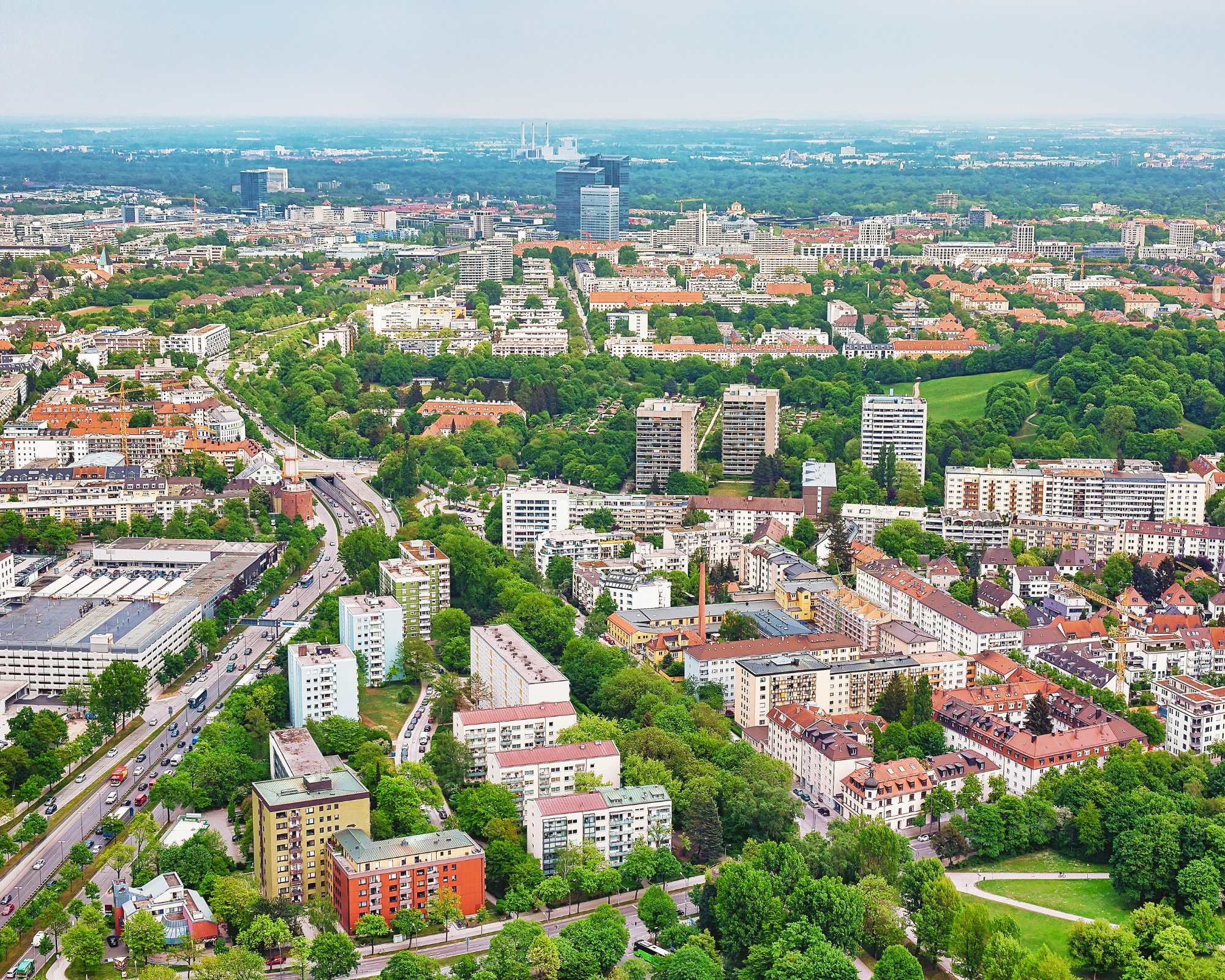
Viktualienmarkt
The Viktualienmarkt is a permanent food market in the old town of Munich. It has taken place every day since 1807, except Sundays and public holidays. The appearance of the two-hectare site is characterized by permanently erected stalls, some of which have large displays. There are also some seasonally different temporary stands. The market stalls are arranged in several departments around a beer garden. The area is also characterized by Munich’s central maypole and several fountains. In addition, the smaller Pasinger Viktualienmarkt with 400 m² of sales space has been taking place in the Munich district of Pasing since 1907.
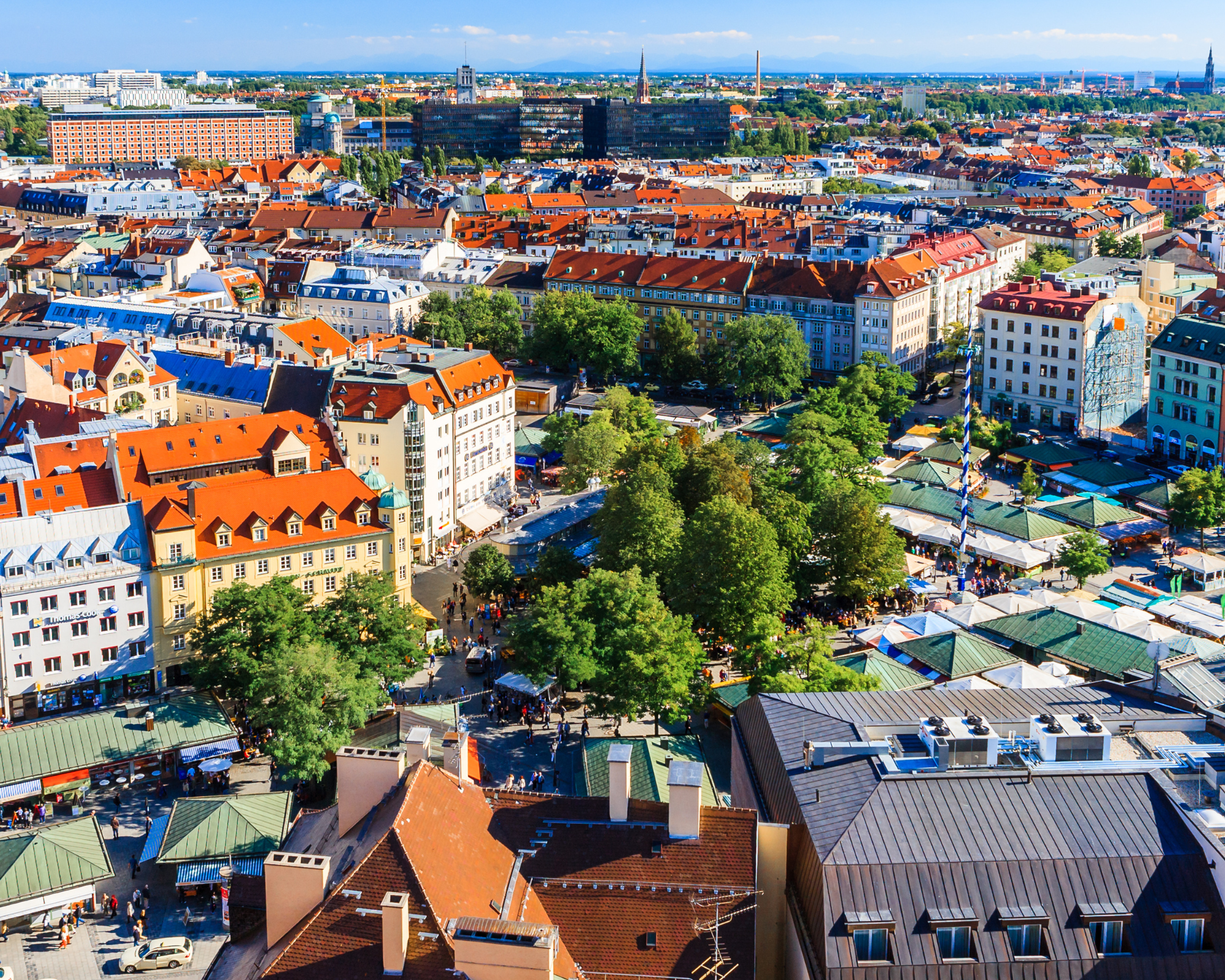
BMW Museum
The BMW Museum is the company’s own automobile museum of the automobile manufacturer BMW. It is located on Am Riesenfeld near the Olympic site on Munich’s Petuelring and Lerchenauer Straße and was opened in 1973 shortly after the Summer Olympics.
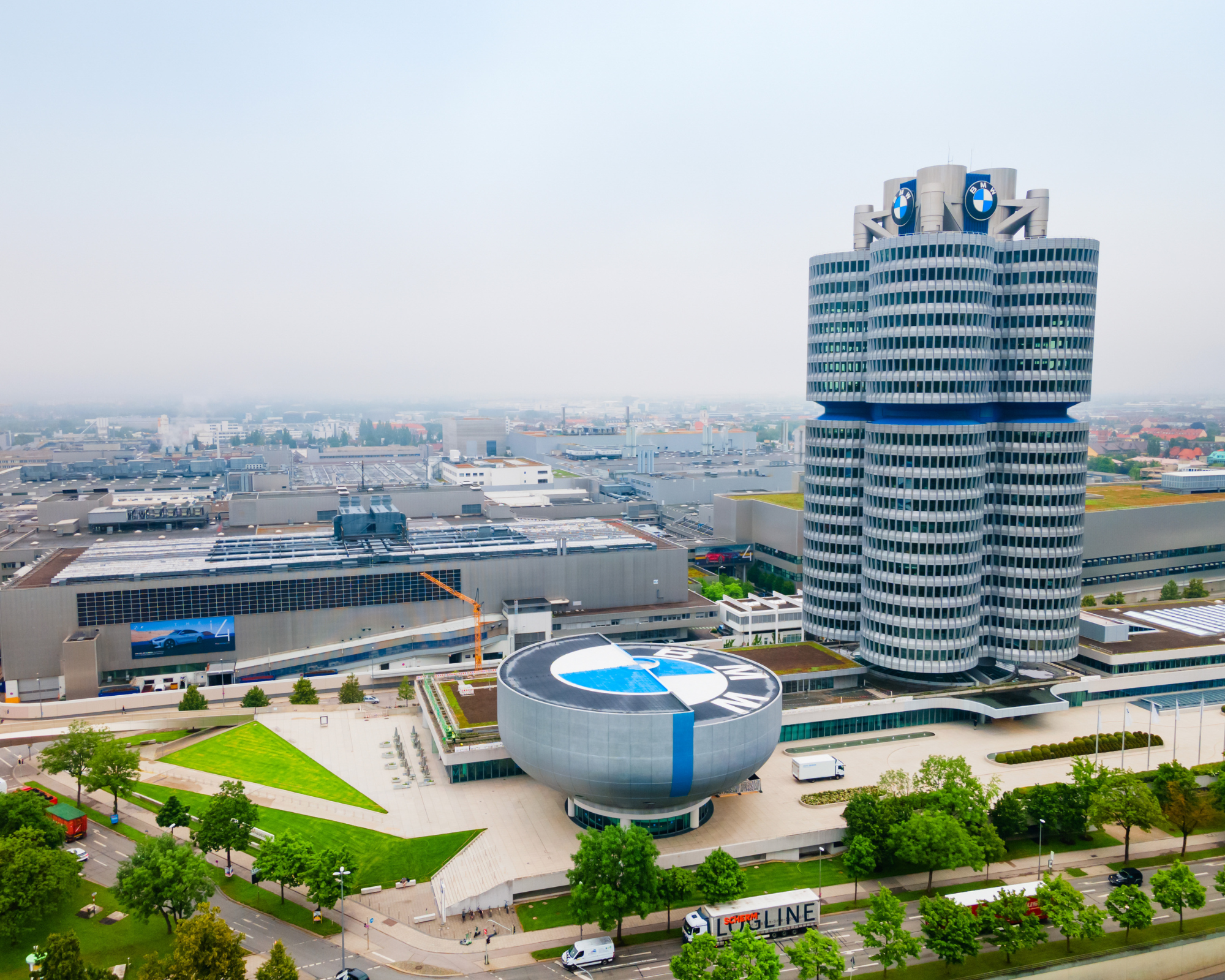
Allianz Arena
The Allianz Arena is a football stadium in the north of the Bavarian capital Munich. It offers 75,024 places for national games, consisting of 54,843 seats, 18,294 standing places, 1,374 box seats, 2,152 business seats and 966 sponsor seats. FC Bayern Munich has played its home games in the Allianz Arena since the 2005/06 season. Until the end of the 2016/17 season, the Allianz Arena was also the venue for TSV 1860 Munich.
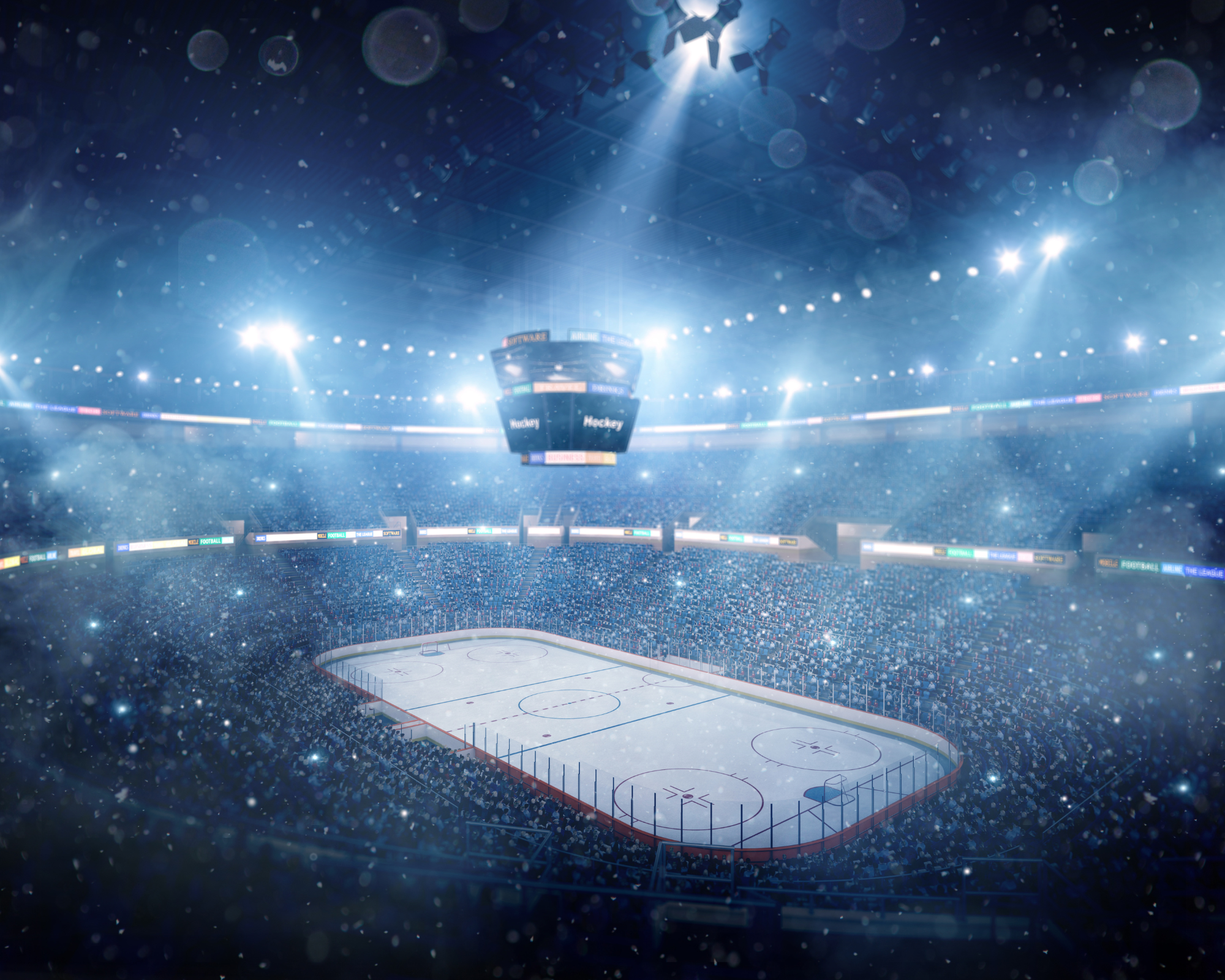
Munich Hellabrunn Zoo
The Munich Hellabrunn Zoo was founded in 1911. The zoo is characterized by its natural location in the protected landscape area of the Isar floodplains. Around 18,500 animals of 529 species live in the world’s first geozoo.
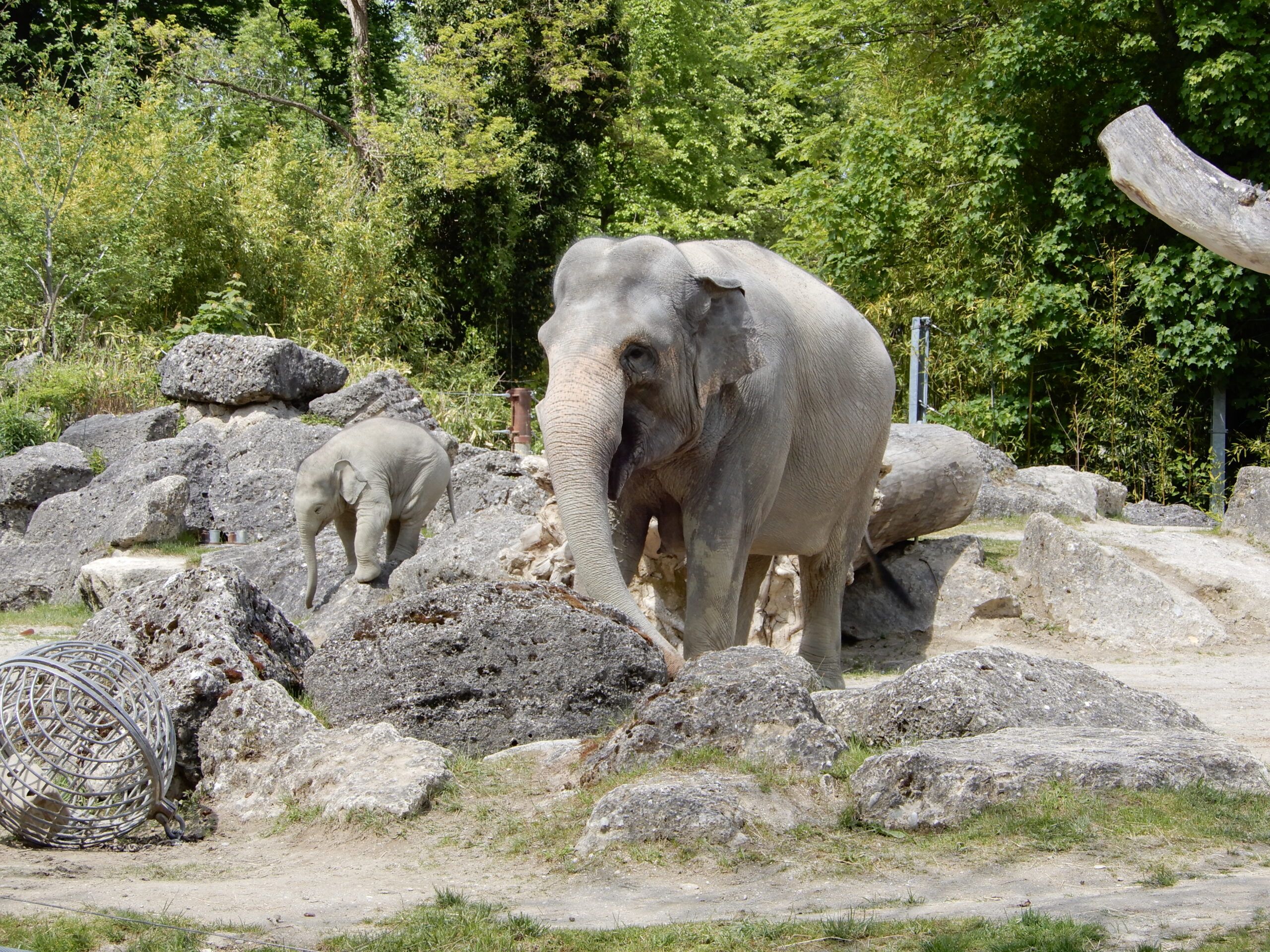
Cathedral of Our Lady
The Cathedral of Our Lady, often called the Frauenkirche, is a late Gothic church building in Munich’s old town and is one of the landmarks of the Bavarian capital Munich. The building has served as the cathedral church of the Archbishop of Munich and Freising since 1821. The three-aisled brick building with a surrounding chapel ring was consecrated in 1494. It is 109 m long and 40 m wide, the masonry of the nave is around 37 m high.
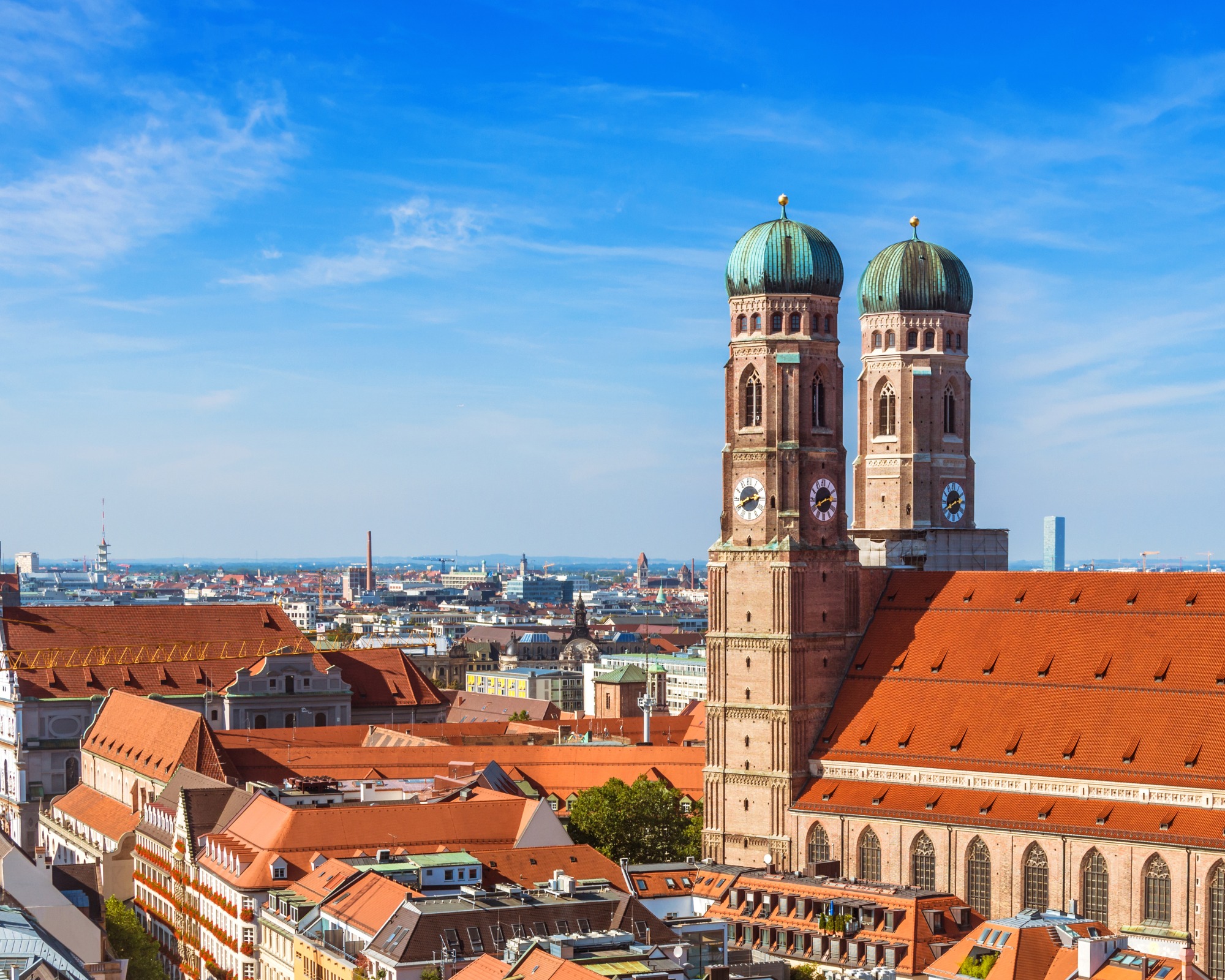
Staatliches Hofbräuhaus
The Staatliches Hofbräuhaus am Platzl is a beer palace in Munich’s old town on Platzl. For a long time it was the headquarters of the associated Hofbräu brewery, from which the authorization for the continued use of the prefix Hof derives.
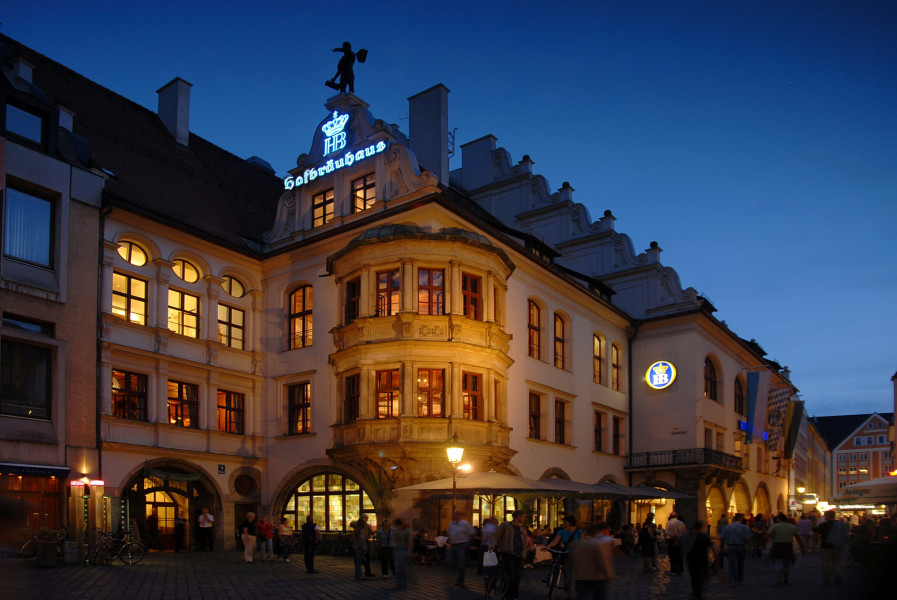
Odeonsplatz
Odeonsplatz is a square in the old town of Munich at the southern end of Ludwigstrasse. It is part of the Feldherrnhalle – Ludwigstrasse – Siegestor axis. The square has been named since 1827 after the Odeon concert hall, which King Ludwig I of Bavaria had built on the southwest side by court architect Leo von Klenze. In a broader sense, the square in front of the Feldherrnhalle with the residence and the Theatinerkirche also belongs to Odeonsplatz.
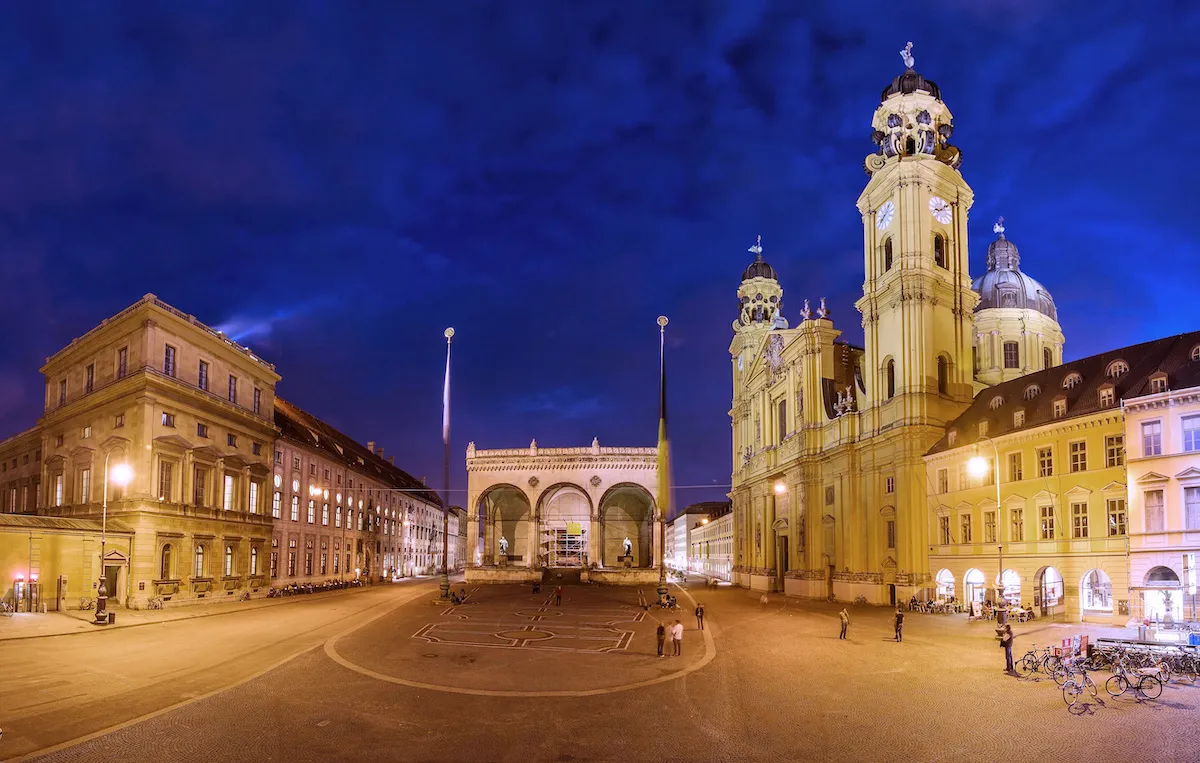
Stachus
The Stachus, officially Karlsplatz, is a square in the center of Munich. It is surrounded in a semicircle by the neo-baroque Stachus roundel, which was built in 1899–1901 according to plans by Gabriel von Seidl. In 2022, 41,000 vehicles drove over the Stachus every day.
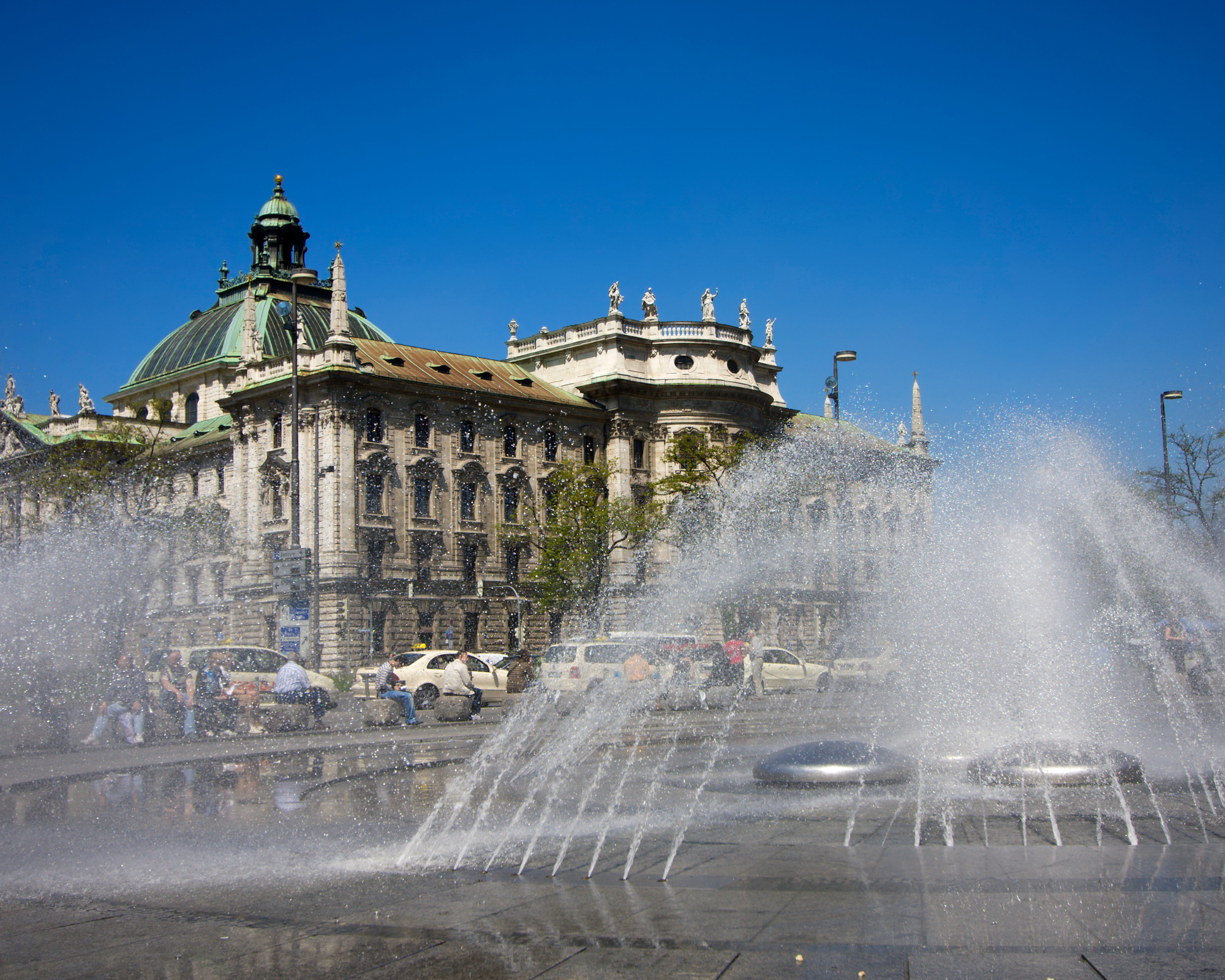
church of St. Peter
The parish church of St. Peter, whose tower is popularly known as Alter Peter and is one of Munich’s landmarks, is the oldest mentioned parish church in Munich.
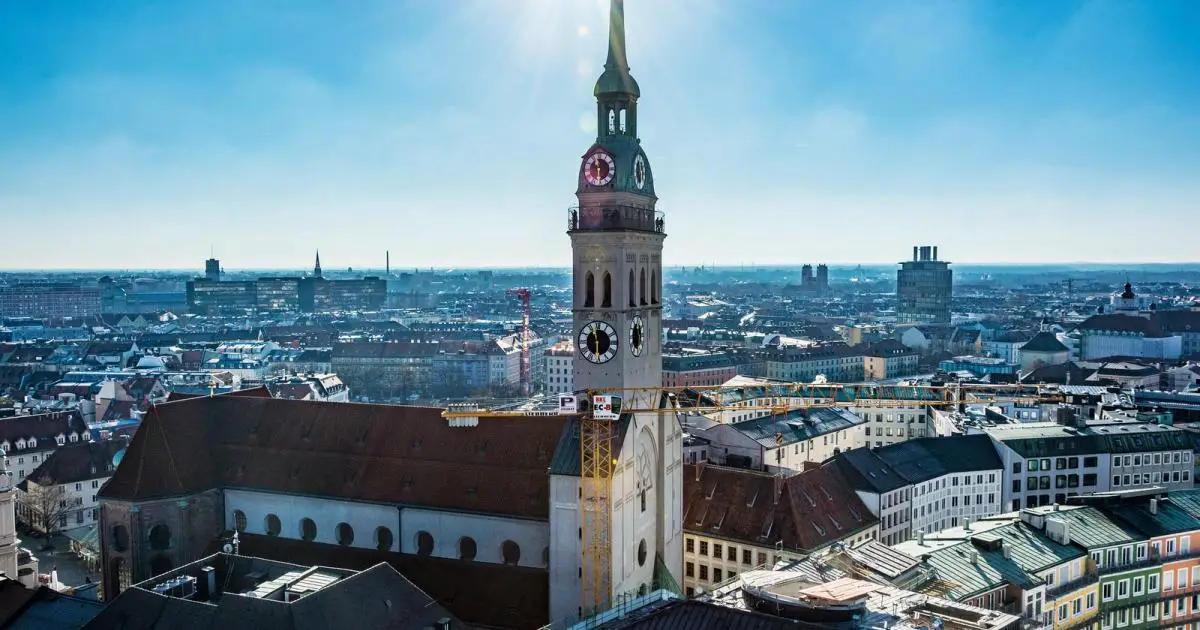
Königsplatz
Königsplatz is a square in the Maxvorstadt district of Munich, which is part of the overall ensemble of Brienner Straße, the first boulevard in Munich. The square in the style of European classicism is a center of cultural life and is considered one of the main works of the Ludovician “Isar Athens”.
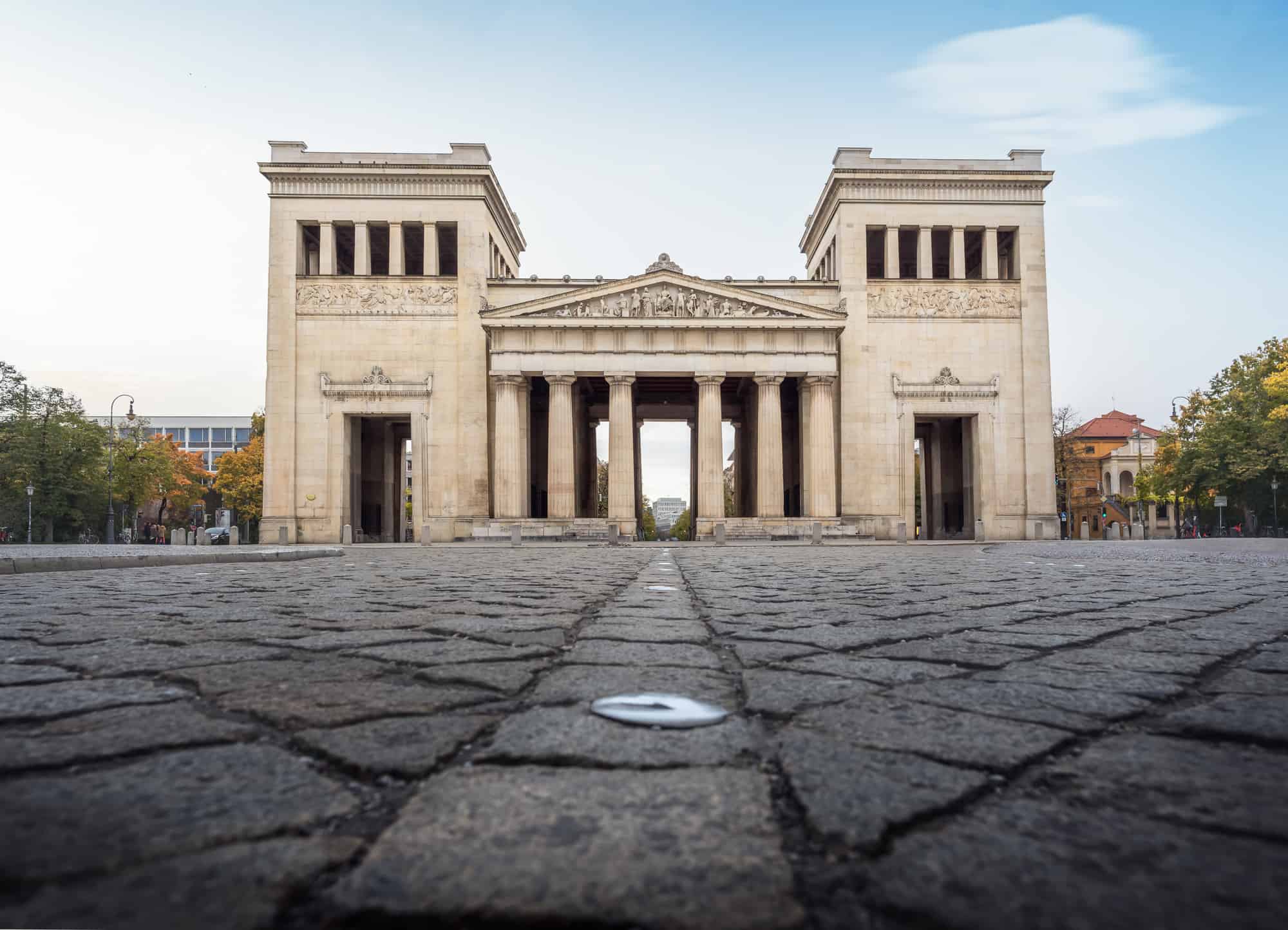
Botanical Garden
The Munich-Nymphenburg Botanical Garden, also known as the New Botanical Garden, adjoins the Nymphenburg Palace Park to the north and, with an area of 21.20 hectares and over 350,000 visitors per year, is one of the larger botanical gardens in Germany. Today it is part of the Bavarian State Natural Science Collections. In May 2014, the Munich Botanical Garden celebrated its 100th anniversary.
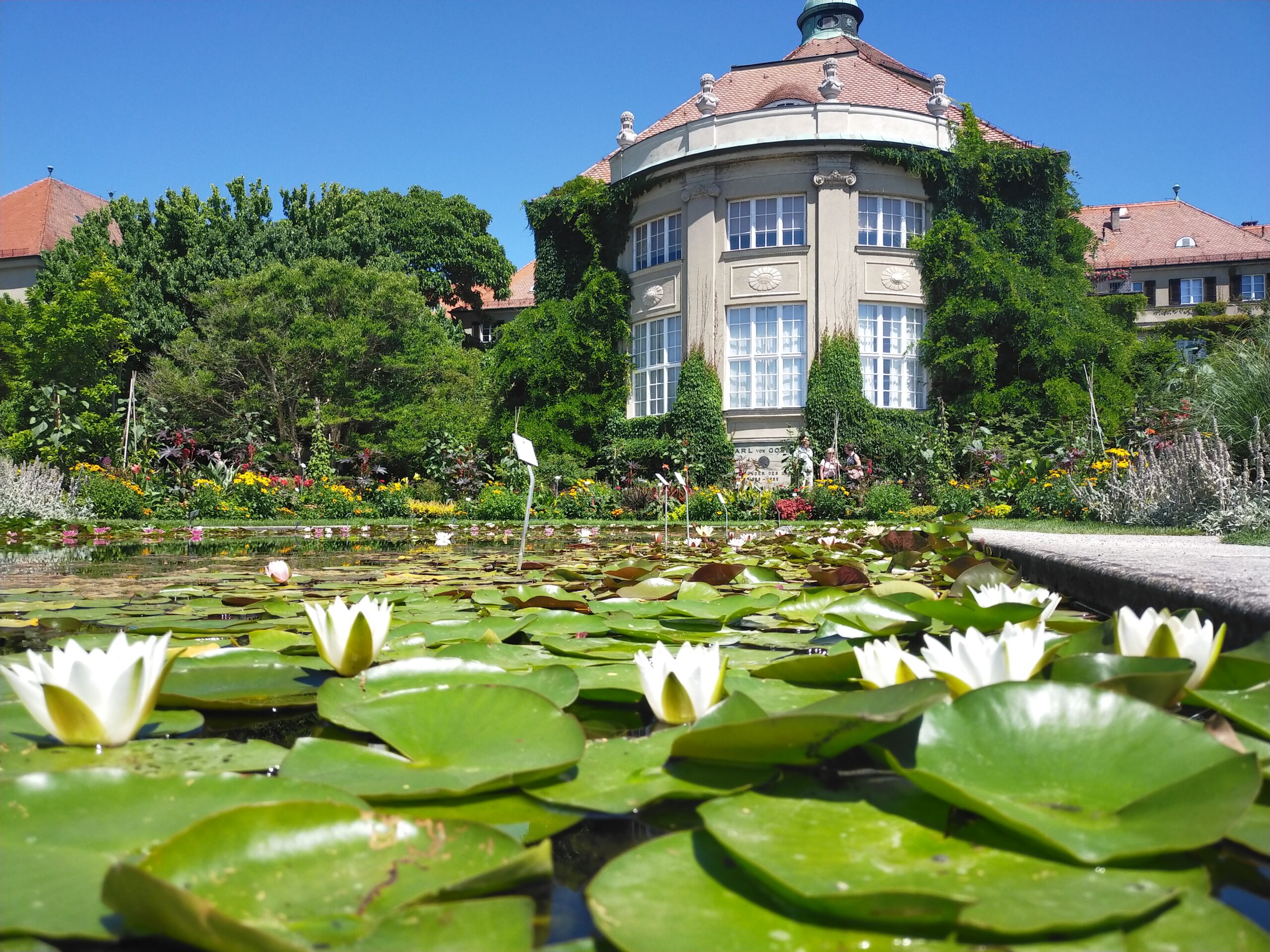
Isartor
The Isartor is the eastern city gate of the historic old town of Munich. It was built in 1337 and restored in the neo-Gothic style between 1833 and 1835 by Friedrich von Gärtner. Bernhard Neher added the wall fresco in 1835. The Valentin Karlstadt Museum has been located in the flank towers since 1959.
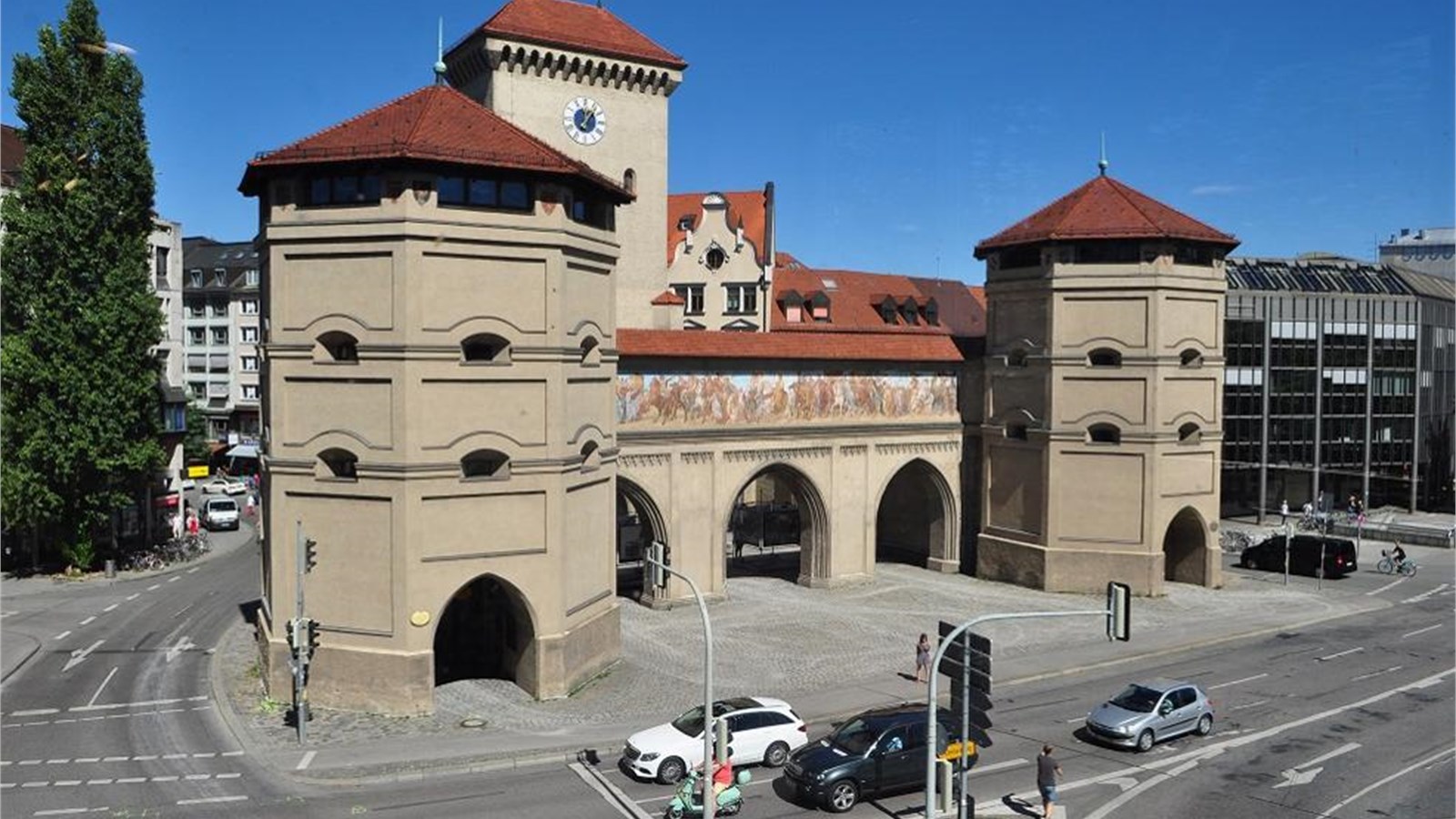
Sendlinger Tor
The Sendlinger Tor is the southern city gate of the historic old town in Munich. It was built in the 15th century and restored in the neo-Gothic style in 1860 by Arnold Zenetti. Wilhelm Bertsch added the passage arches in 1906.
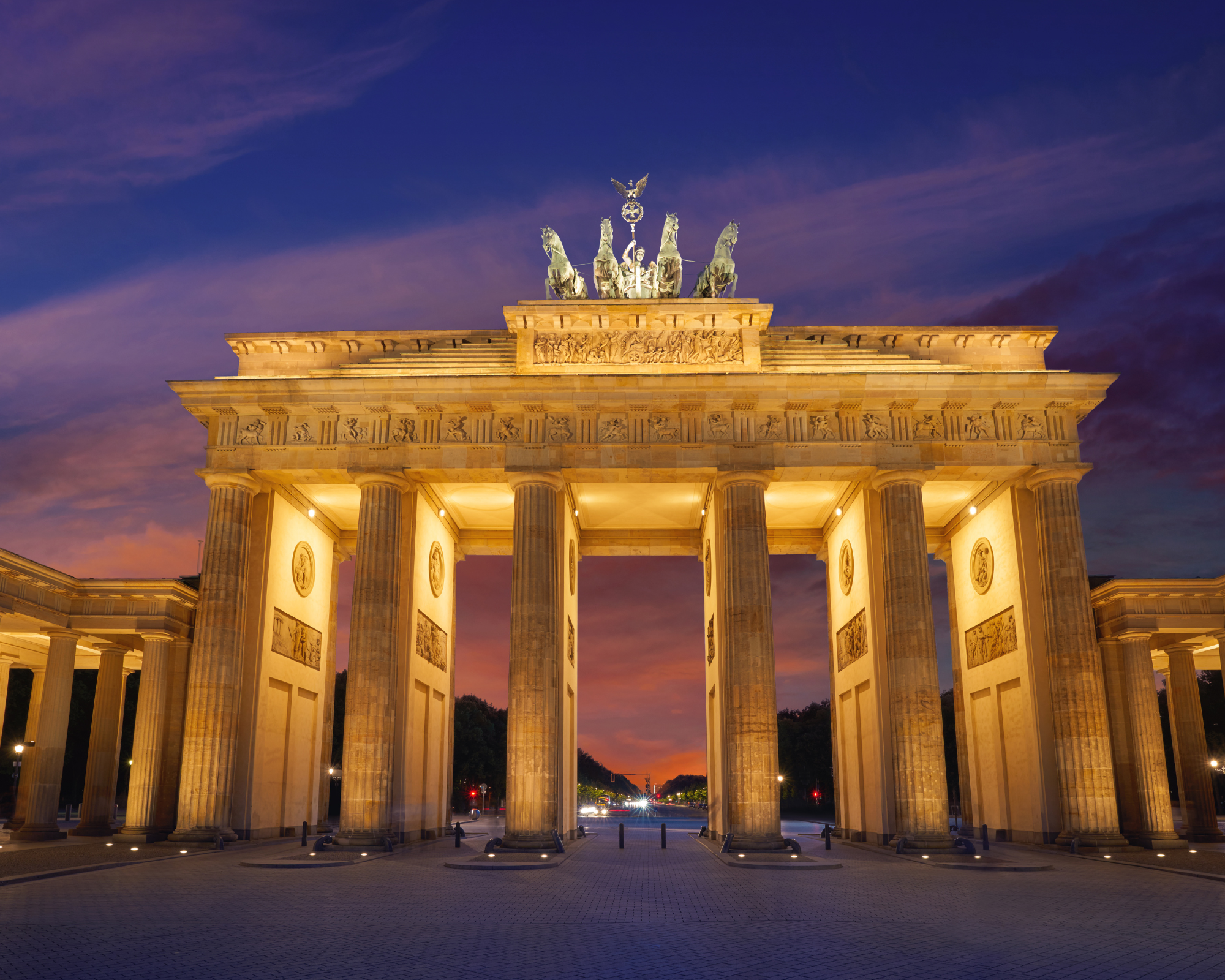
Siegestor
The Siegestor is a classical triumphal arch in Munich that was built between 1843 and 1850 according to plans by Friedrich von Gärtner. It forms the northern end of Ludwigstrasse. It represents the architectural and urban development counterpart to the Feldherrnhalle. Both are symbols of the victory over Napoleon I’s France and the temporary reign of terror associated with it for Europe, which involved the Kingdom of Bavaria in five wars.
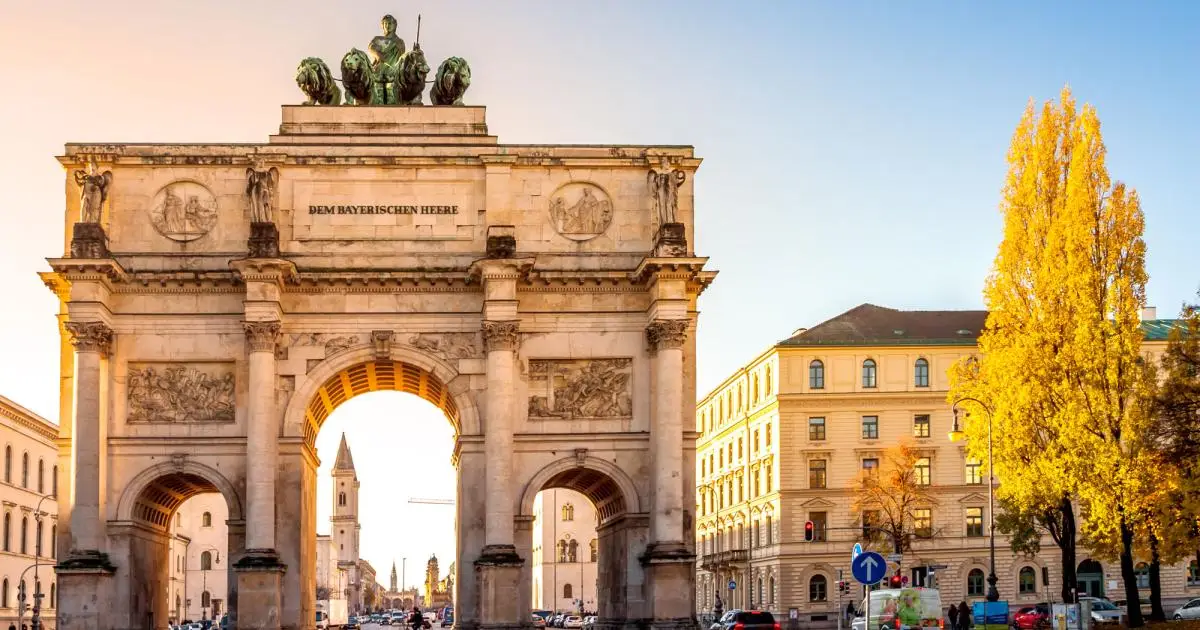
Schloss Linderhof
The “Royal Villa” Schloss Linderhof in the Upper Bavarian municipality of Ettal in southern Bavaria is a castle of the Bavarian King Ludwig II. It was built in several construction phases from 1870 to 1886 in the neo-Rococo style. The small castle was built in place of the so-called “royal house” of his father Max II, which was transferred in 1874 to a site approx. 200 m west of today’s castle.
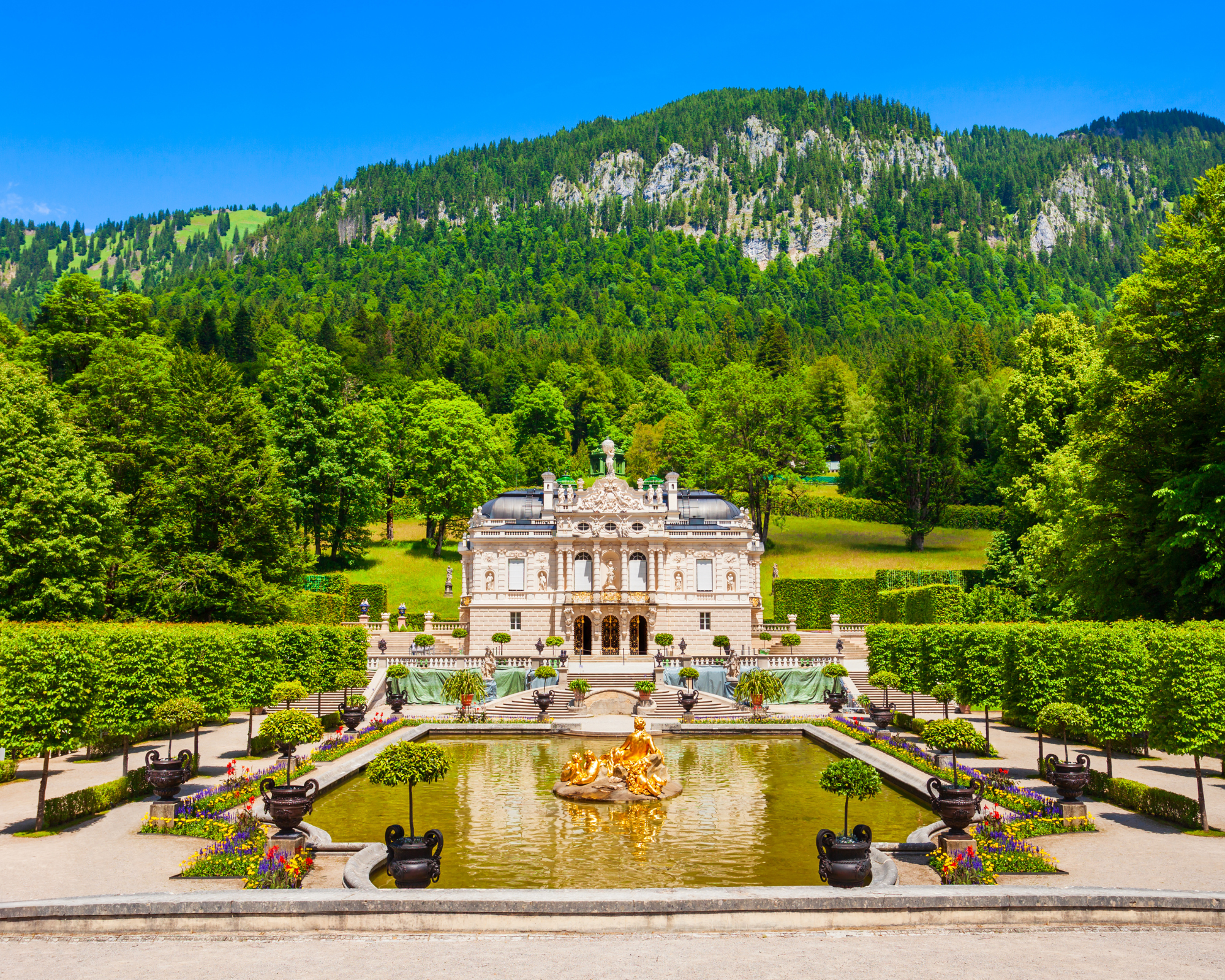
Neuschwanstein Castle
Neuschwanstein Castle stands above Hohenschwangau near Füssen in the southeastern Bavarian Allgäu. The building was built in 1869 for the Bavarian King Ludwig II as an idealized idea of a knight’s castle from the Middle Ages. The designs came from Christian Jank and the execution was carried out by Eduard Riedel and Georg von Dollmann.
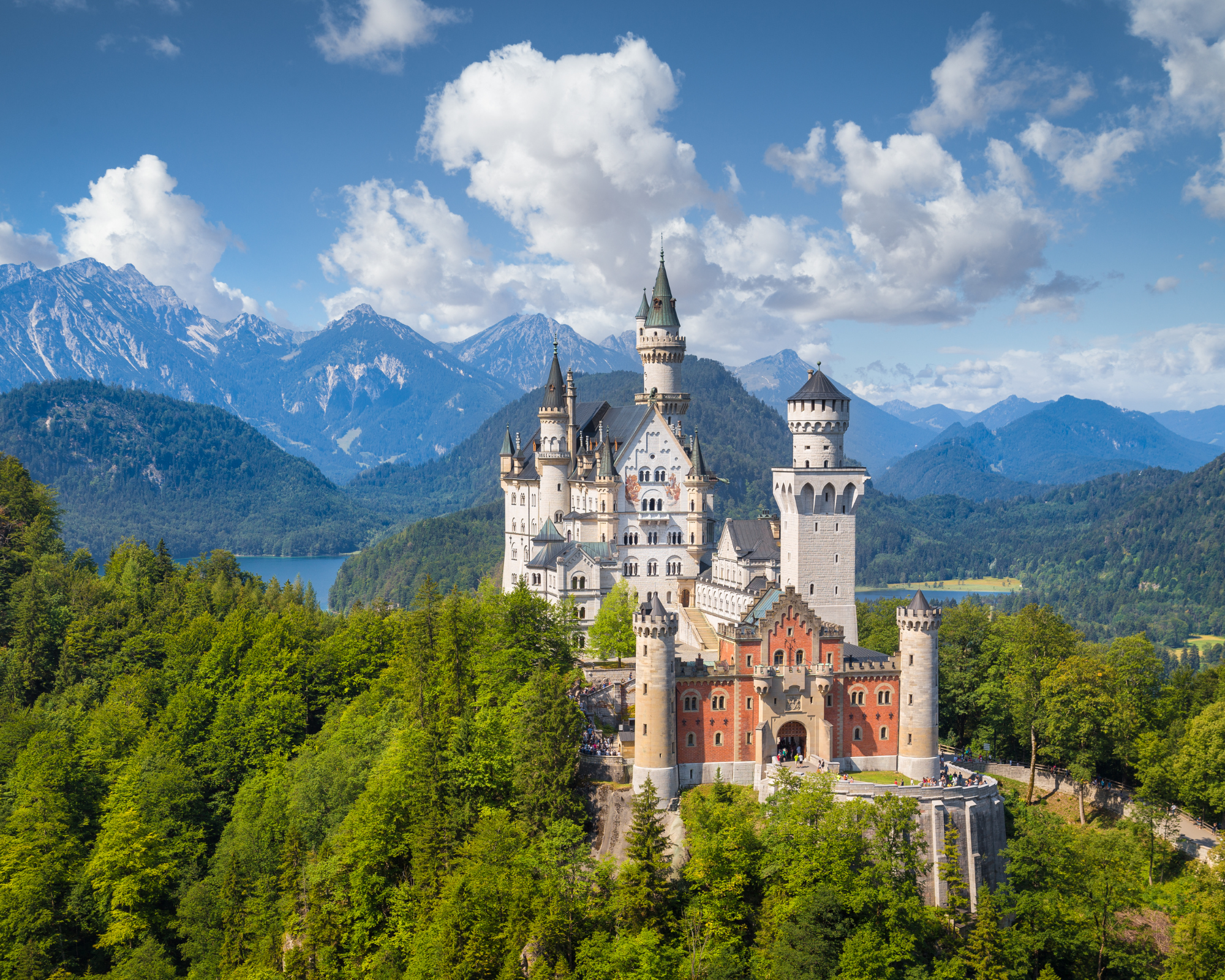
Where to stay
A good night’s sleep is particularly important when you are travelling. Germany offers its guests a host of luxurious, charming and also out-of-the-ordinary accommodation.
Whether in the heart of the city, near the lake or surrounded by nature – Germany’s hotels, B&Bs and guesthouses guarantee a relaxing and invigorating stay.
We managed to find the best three companies that offer hotels, holiday homes and transportation. These are: Booking.com, Trip.com and Vrbo. We have already tested these companies and we warmly recommend them. As a result this will just bring you good deals for your next vacation in Germany.

Luxury hotels we recommend in Munich: Mandarin Oriental, Rosewood Munich, Vier Jahreszeiten Kempinski München.
Mid-range hotels we recommend in Munich: Marc München, Hotel Kraft, AWA Hotel.
Budget hotels we recommend in Munich: CREO Munich City, Hotel Pension am Hauptbahnhof, ibis budget Muenchen City Sued.
Where to eat
Traditional Food and
Desserts to try in Germany
Wurst- There are an estimated 1,500 varieties of sausage in Germany. These are prepared in many different ways and include a range of ingredients and unique spice blends.
Rouladen – This typical German dish consists of bacon, onions, mustard, and pickles wrapped in thinly sliced beef or veal which is then cooked.
Spätzle is especially popular in the south of the country. These soft egg noodles are made from wheat flour and egg and are often topped with cheese (Käsespätzle) and roasted onions.
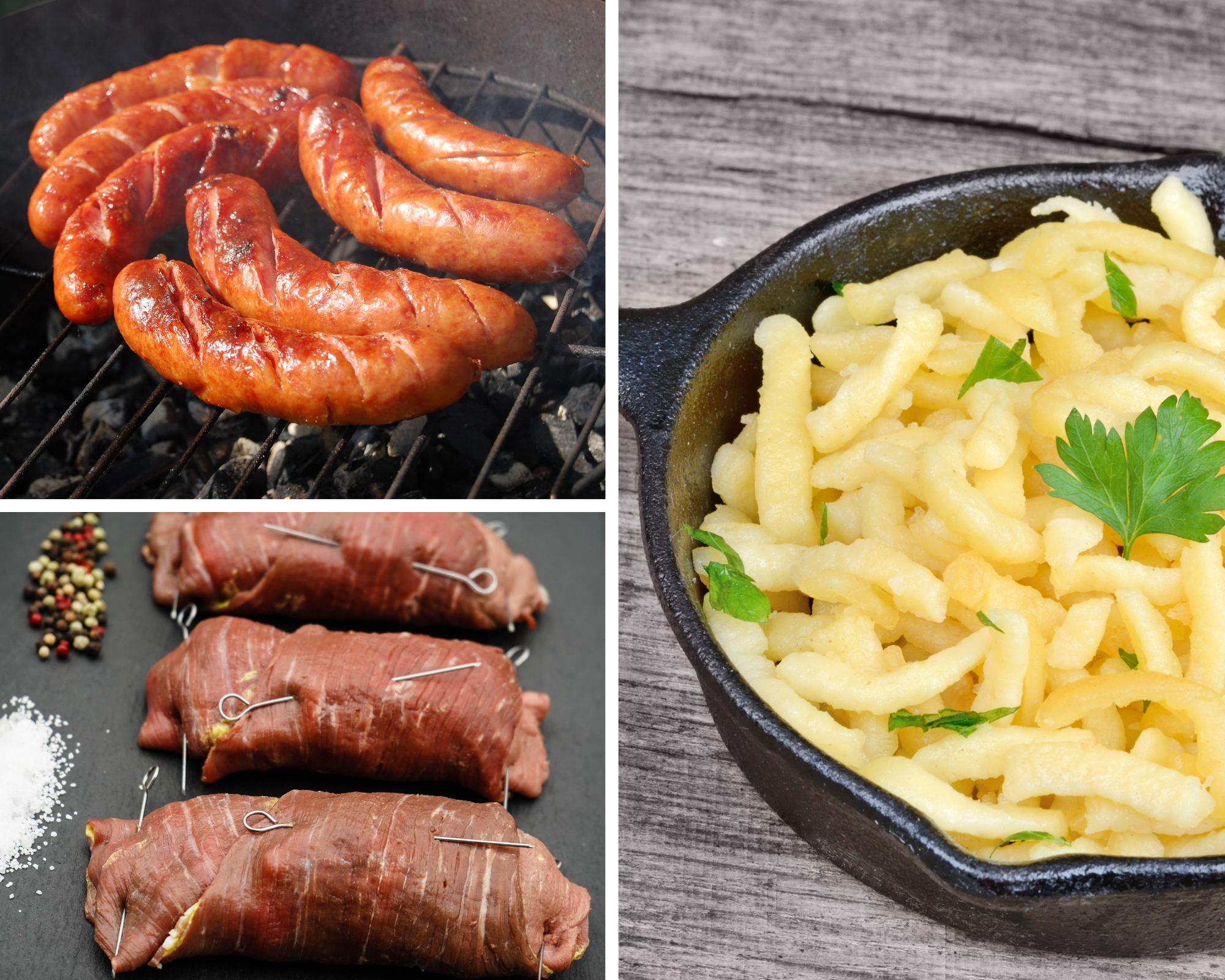
Eintopf – means ‘one pot’ and refers to the way of cooking rather than its contents. That said, most recipes contain the same basic ingredients: broth, vegetables, potatoes or pulses, and pork, beef, chicken, or fish.
Sauerbraten (meaning ‘sour’ or ‘pickled’ roast) is one of the country’s national dishes. You can make a pot roast by using many different types of meat, which you marinate in wine, vinegar, spices, herbs, and then season for up to ten days.
Kartoffelpuffer are shallow pan-fried pancakes made from grated or ground potatoes mixed with flour, egg, onion, and seasoning.
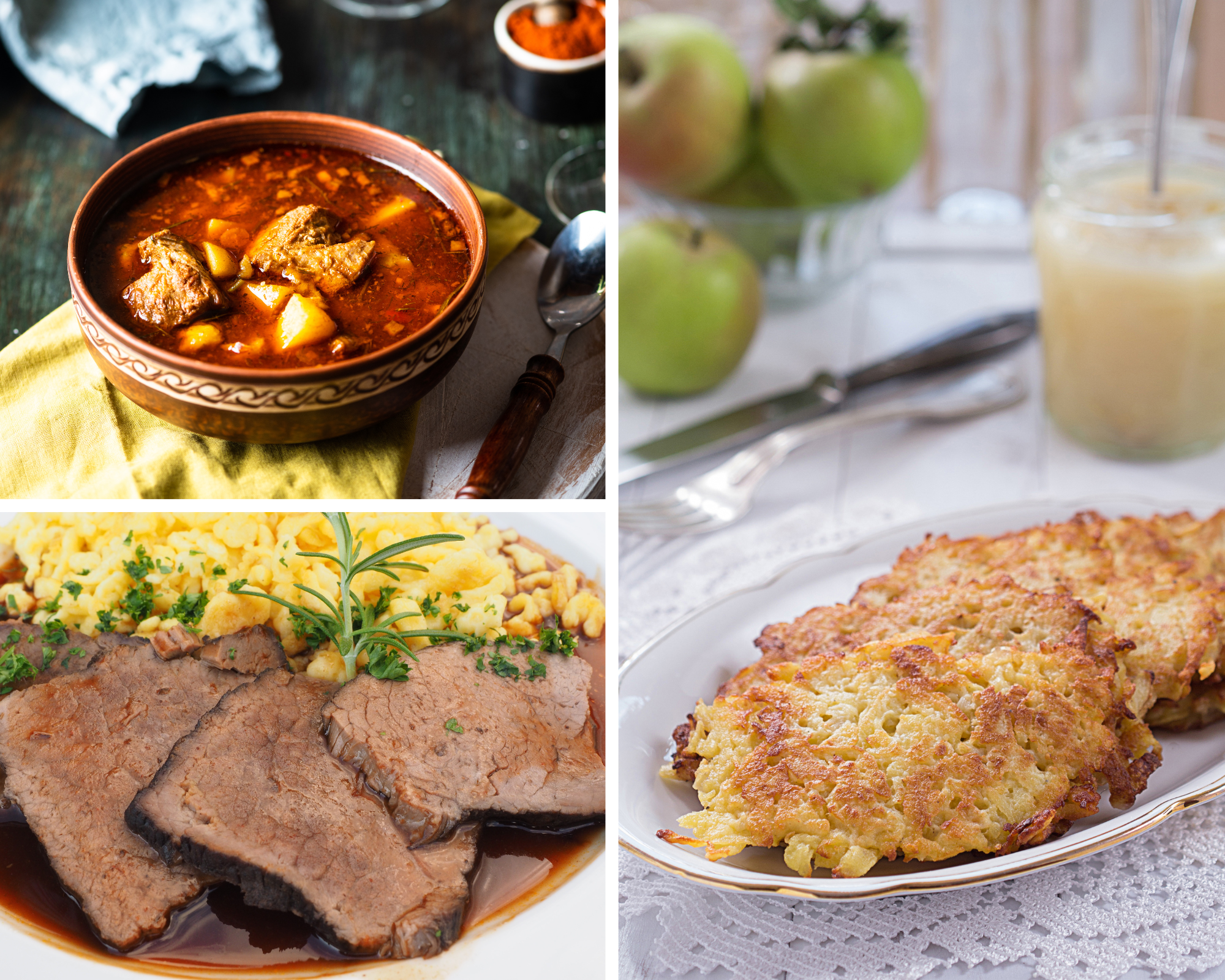
Kartofflelknödel is the German term for potato dumplings. Potatoes serve as the base for the dumplings, but you can add any spices and croutons you like.
Maultaschen are small sheets of dough filled with various ingredients. Some people like ground beef, while others add smoked meats, including sausages. You can also add onions and herbs to your dumplings.
Of course, all travel enthusiasts and everyone who loves to try new foods have heard about these foods, but these foods are specific to Germany and you must try them when you are here: pretzel, pork schnitzel, potato salad, fried potatoes, currywurst.
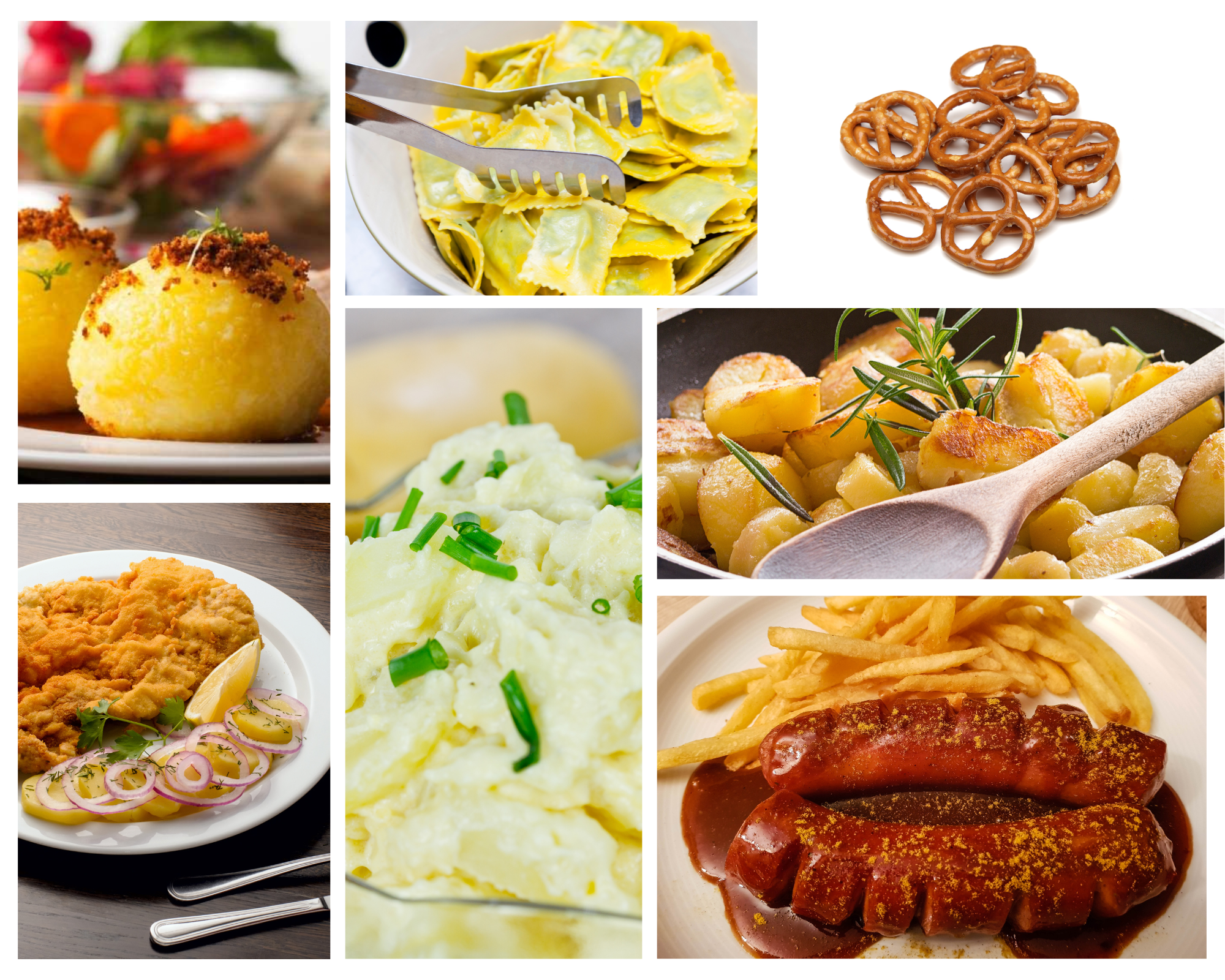
Black Forest cherry torte – Alternating layers of rich chocolate cake, cherries, and whipped cream are topped off with more cream, maraschino cherries, and chocolate shavings for a luxurious finish.
Stollen is an authentic German Christmas food. It dates back to the 16th century, and it is most popular in Dresden. It is a flatbread with dried and candied fruits. You can also add chopped or whole nuts and then top the bread off with powdered sugar.
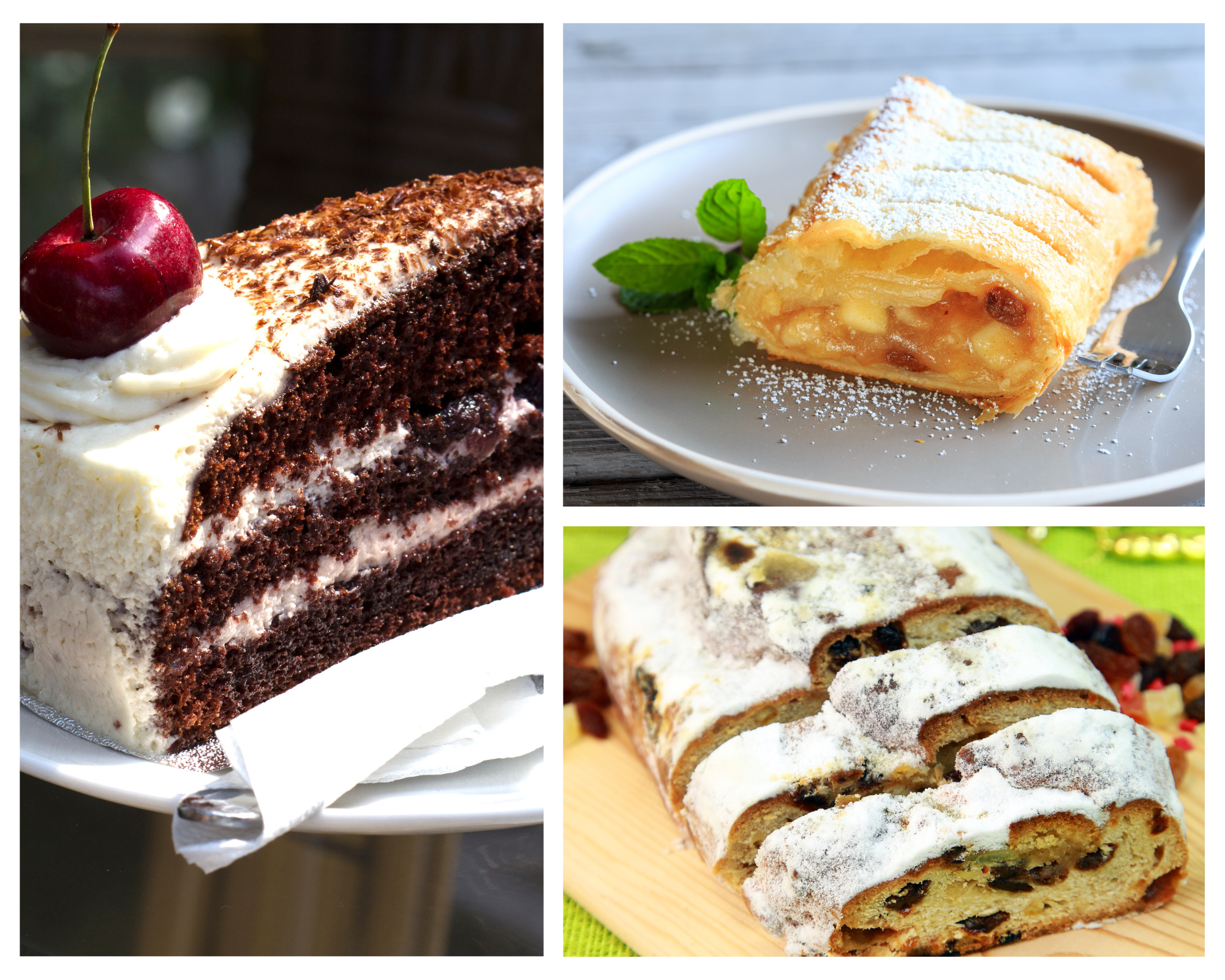
Restaurants
good wines and tapas at Nana Meze – A feeling of Tel Aviv, right in Haidhausen. The small tapas bar Nana Meze on Metzstrasse immediately enchants us with Israeli spices and excellent wine. In addition to falafel and various hummus variations, authentic baba ganoush and spicy shashuka are on the menu. The number of guests is also exclusive: Because only three of the five tables inside can be reserved, you should try to find a place in advance.
Right on Gärtnerplatz you can feast in Fink’s South Tyrolean dumpling kitchen in a rustic atmosphere. The name says it all: from the classic bacon dumplings to vegan pumpkin dumplings to unusual chard and walnut dumplings, South Tyrolean cultural heritage can be found in every version.
Mini burgers at Little Flo
Hearty food in the Tattenbach Wirtshaus – veal meatballs, browned dumplings and homemade cheese spaetzle (“Kasspatzen”) make not only Bavarian hearts beat faster.
“Flying Noodles” at BAMI HOUSE
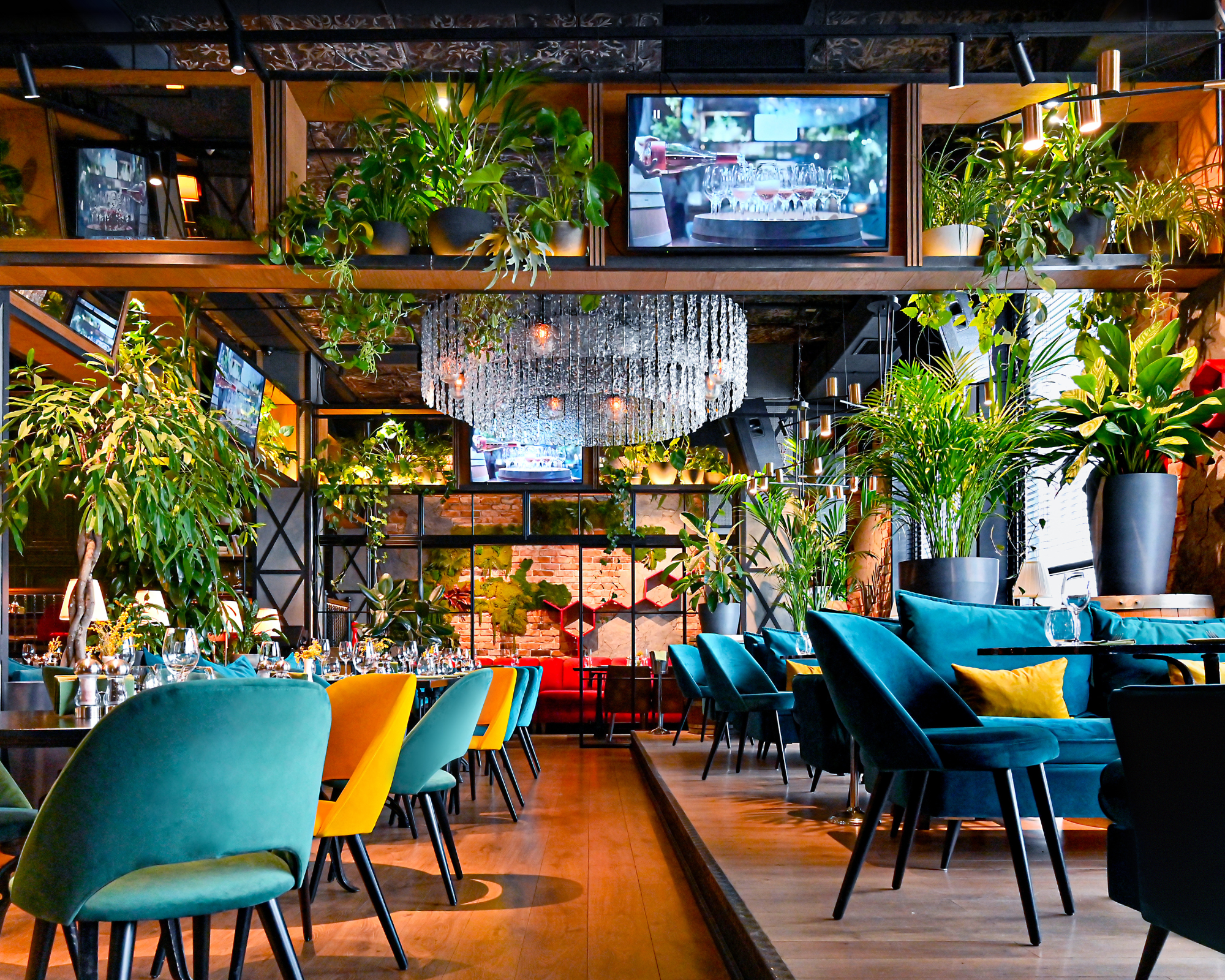
Mozzarella and wood-fired pizza at Mozzamo – The authentic Italian Mozzamo is represented at four locations in “Monaco di Baveria”, as Munich is also called. The unique mozzarella bar is particularly impressive. Five different types of mozzarella, from burrata to bufala, are served here.
Authentic curry at Bindaas – You can feel Bangkok in the middle of the Glockenbachviertel in Munich, at Bindaas. Not only the impressively decorated rickshaw at the entrance will take your breath away, but also the authentic and slightly spicy Chicken Tikki Masala.
Huge salads at Attentat Greek Salad
In the Untergiesinger Hexenhäusl Gans Woanders you can look forward to a “goose” special experience. Whether it’s a coffee in the afternoon sun or a delicious pizza in the evening – you’ll be enchanted by the enchanted treehouse atmosphere.
Dreaming in Israeli at Das Maria Flavors like vanilla, cardamom and orange await you at Das Maria. Oriental French toast, hand-stirred chocolate halwa cream and sweet teas will have you dreaming of “A Thousand and One Nights” even at breakfast. From baklava to z’atar cheesecake, the in-house bakery also has a lot to offer.
Saving Tips
- CHOOSE YOUR AIRPORT WISELY: If you’re flying from North America, you’re likely to find the best flight deals into Frankfurt, home to Germany’s largest international airport. However, Frankfurt is five hours away from Berlin and almost four hours away from Munich. Since train tickets can be pricey and gas is expensive, it may be worth paying a little extra to fly closer to your destination.
- TRY A LOW-COST AIRLINE: Consider low-cost airline options from the US to Germany, including Norwegian Airlines.
- Get city tourism cards – Most of the major cities in Germany offer city tourism cards. These include free admission to major museums and attractions, discounts on restaurants, and usually unlimited public transportation. If you plan on seeing a lot, these cards can save you money.
- Get transportation day passes – If you’re going to be using public transportation a lot in a city, get a day pass. Paying for single rides adds up quickly.
- SEASON” SAVINGS: If you can, try to visit Germany in June or September. You’ll find better deals during these months and the weather is still usually very pleasant.
- Book your train early – Trains in Germany are expensive but you can get a saver ticket that is around 40-50% off the standard fare if you book at least a week in advance.
- You can get online for free and make use of the free Wi-fi. Many cafes and renowned chains like McDonald’s and Starbucks offer free Wi-Fi in Germany, as do the various municipal buildings, libraries, parks, and some museums.
- Look out for free museum days – Most museums in Germany offer free admission on certain days or evenings.
- KEEP AN EYE ON SCHOOL HOLIDAYS: Public school in Germany has five main school holidays: winter holidays, spring break, summer holidays, autumn holidays and Christmas holidays.
- Hop-On Hop-Off bus tours or Big Bus tours
If you do not go by car and need to know more informations about the tours, things to see and do, we recommend this two companies that are offering tours for any kind of activity you want to do and where you can buy trips much cheaper than if you buy them when you arrive at your destination. It is always good to be able to save some money!
Viator and Get Your Guide : the best activities in town!
When you think about your dream vacation, you also need to plan your budget! This is why we found the perfect partner – Check24 ! We traveled with a lot of companies and they are the best if you need comfort, luxury but also fair prices! And this is very important! You can now travel and really enjoy your vacation, when you know that you can live your travel dream by paying a fair price.
Whe have even more good news! We have the best partners from around the world and you can find your dream vacation right here! We are sure that you will find everything you need – Just check our partners websites and find your dream vacation!
There’s no feeling in the world like connecting with new places, people and experiences through travel. From the iconic to the unexpected, get those “pinch me” moments through a series of Trafalgar highlights others may never know about, or have access to.
Shopping
You all know them: The Stachus Passages are located directly on or below the Stachus. But did you know that Europe’s largest underground shopping center is located in the middle of Munich? The passages not only connect the city center with the main train station, here you will also find numerous shops and all sorts of delicacies on around 10,000m².
The Kaufingertor opens on Kaufinger Straße between two large house fronts. The name of the shopping arcade has its roots in the beginnings of Munich’s 800-year-old history: where the shopping arcade is today, there was a city gate at the time of the first city wall.
One of the most modern shopping arcades in Munich and at the same time architecturally impressive. On 17,500 m² in the FÜNF HÖFEN you will experience a mixture of fashion, lifestyle, art and enjoyment. Be sure to stop by the Salvatorpassage, which exudes wonderful jungle vibes thanks to the “Hanging Gardens” by Tita Giese. The FÜNF HÖFE also houses the Kunsthalle Munich.
After 7 years of planning and construction, HOFSTATT finally opened its doors in 2013. The three-armed shopping arcade extends over the entire area between Sendlingerstrasse, Hackenstrasse and Färbergraben. Here you will not only find the flagship stores of adidas, DEPOT, Subdued and Hollister. There are also some quiet courtyards and restaurants in the shopping arcade that invite you to linger.
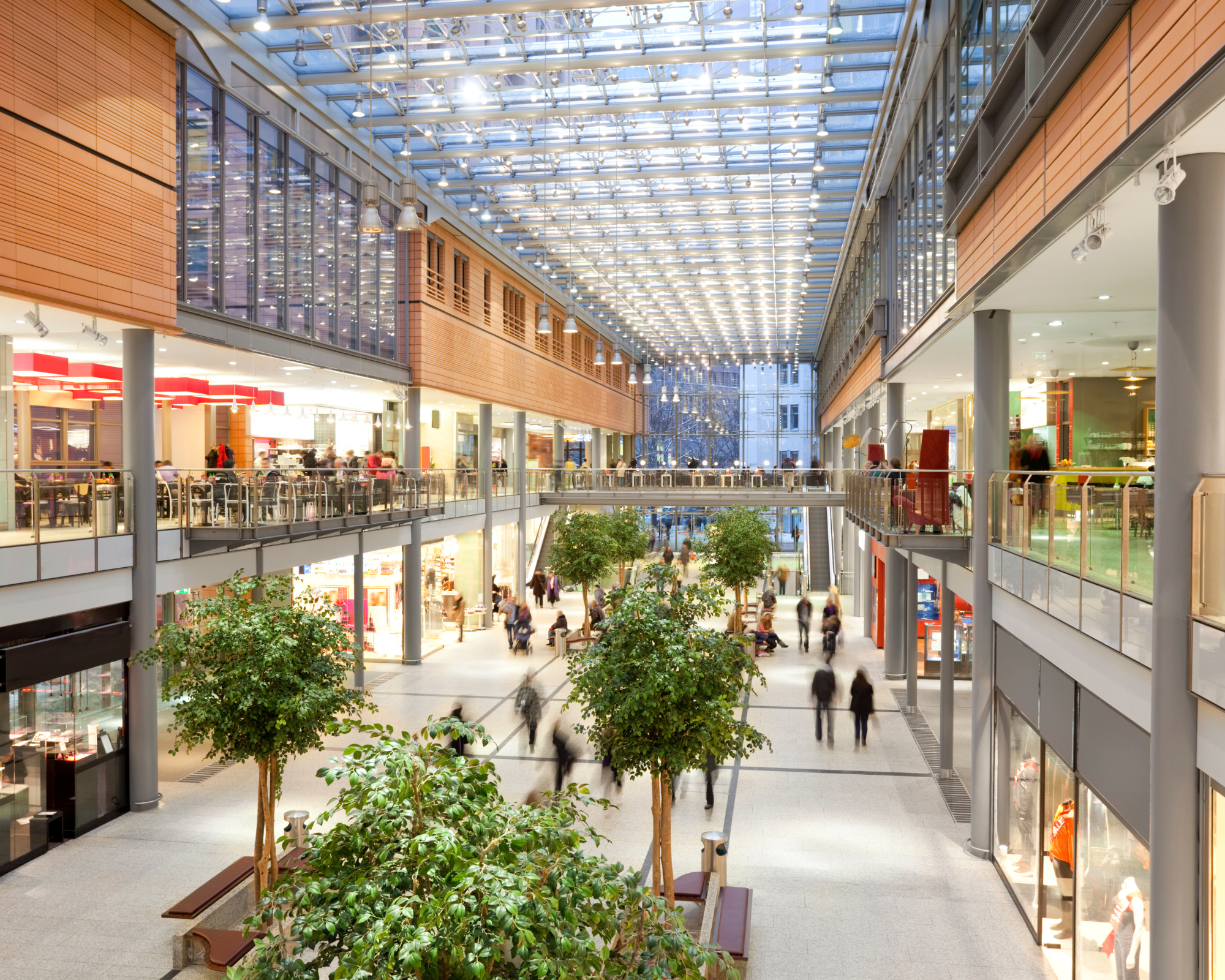
Munich’s city center; start your shopping spree at Marienplatz, in the heart of Munich’s Old Town. For foodies, the large open-air market Viktualienmarkt is a must-see (and must-taste). On the adjacent Kaufingerstraße, you can buy clothes, books, jewelry, and shoes, all the way until you reach the medieval city gate, Karlstor. Sendlinger Straße also starts at Marienplatz and is home to many family-run retailing and specialty shops. The street is a great place to hunt for arts and crafts, or a Dirndl (traditional Bavarian costume), and to try some Bavarian treats after a long shopping day.
The lively coexistence of commercial units and over 200 residential units is what makes the Amalienpassage so charming. It consists of a few covered areas and four courtyards arranged in a row: Adalberthof, Amalienhof, Amalienhof Süd and Türkenhof. The lively coexistence of commercial units and over 200 residential units is what makes the Amalienpassage so charming. It consists of a few covered areas and four courtyards arranged in a row: Adalberthof, Amalienhof, Amalienhof Süd and Türkenhof.
Getting Around
There are a wealth of options when it comes to avoiding driving in Germany. With an effectively nationalized railway network, crossing the country by train means buying a ticket from Deutsche Bahn. At the local level, Germany’s states manage buses, trams, metro networks, suburban trains, and ferries. Public transportation systems in Germany are safe, efficient, and fairly easy to use. As a result, some German cities are starting to shake off the stereotype of being a car-loving nation. Across the country, 30 million passengers use public transportation in Germany on an average day.
There are a wealth of options when it comes to avoiding driving in Germany. With an effectively nationalized railway network, crossing the country by train means buying a ticket from Deutsche Bahn. At the local level, Germany’s states manage buses, trams, metro networks, suburban trains, and ferries.
Modes of public transport in Germany:
S-bahn (city rapid rail), and, as the name suggests, is the fastest form of public transportation.
U-Bahn is the German version of the metro.
Tram – They travel on rails alongside regular roads and have multiple stops within city center areas.
Buses are the mainstay of many German towns and cities, linking further-afield places and operating into the night when the other forms of transport stop running (although S-Bahn and U-bahn trains typically run all night over the weekend in larger cities).
Regional trains are either RB (Regionalbahn), with multiple stops, or RE (Regionalexpress), which are faster and have fewer stops.
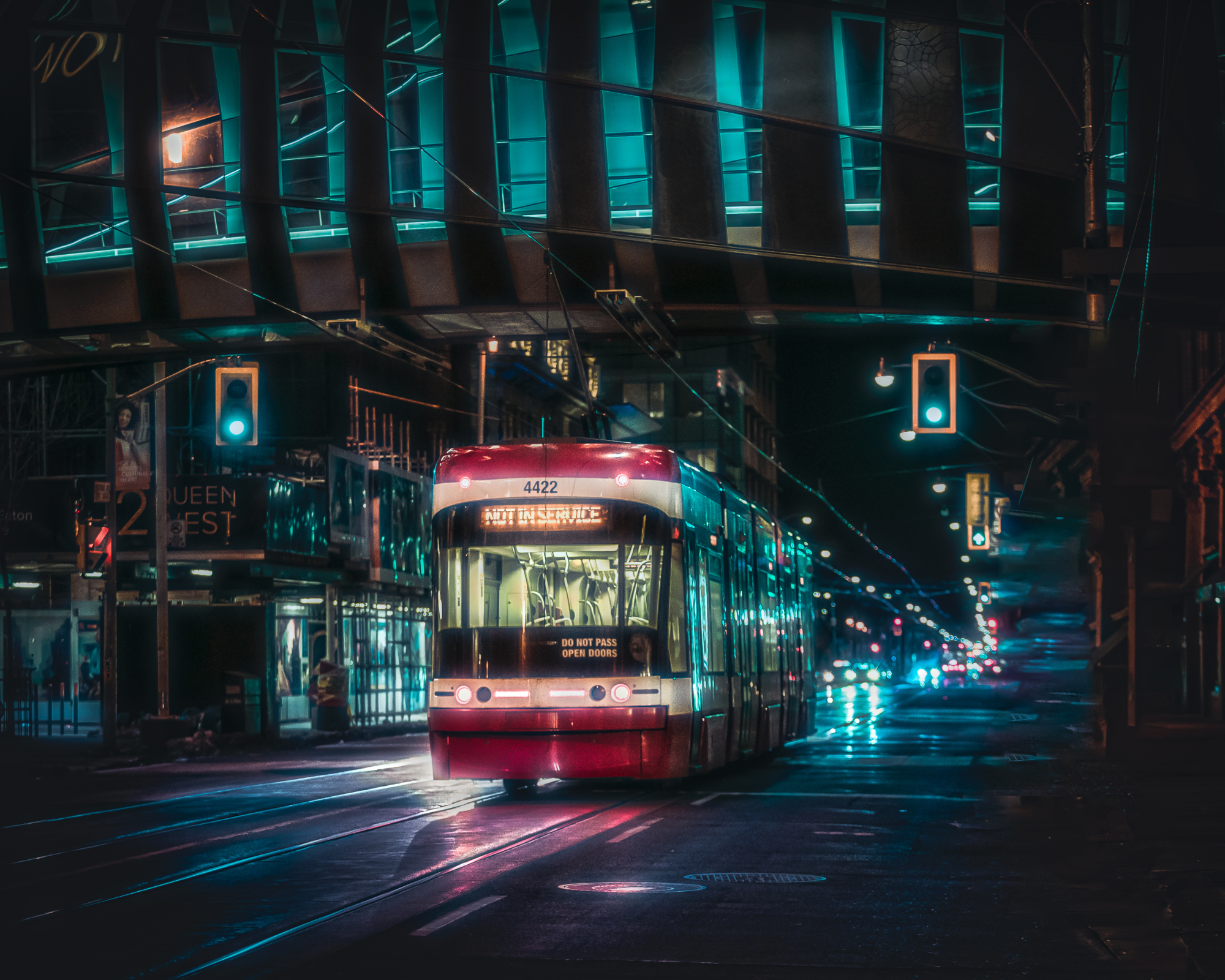
Week ticket (Wochenkarte) are valid within specified zones for a week.You can also purchase tickets that are valid for longer (e.g. a month pass) but these usually have to be purchased from an official at the ticketing office.
Group day ticket (Gruppentageskarte) While tickets in Germany generally don’t come cheap, the group day ticket actually offers great value for money if you are travelling in a group of three or more. Usually valid for groups of up to five people, they give unlimited travel for a day or 24 hours within specified zones.
If you are required to validate your ticket it will be printed with something along the lines of “Bitte entwerten” (please validate). To validate it, push your ticket into the slot of one of the validator machines (Entwerter), which you can usually find next to the ticket machines or on the station platform.
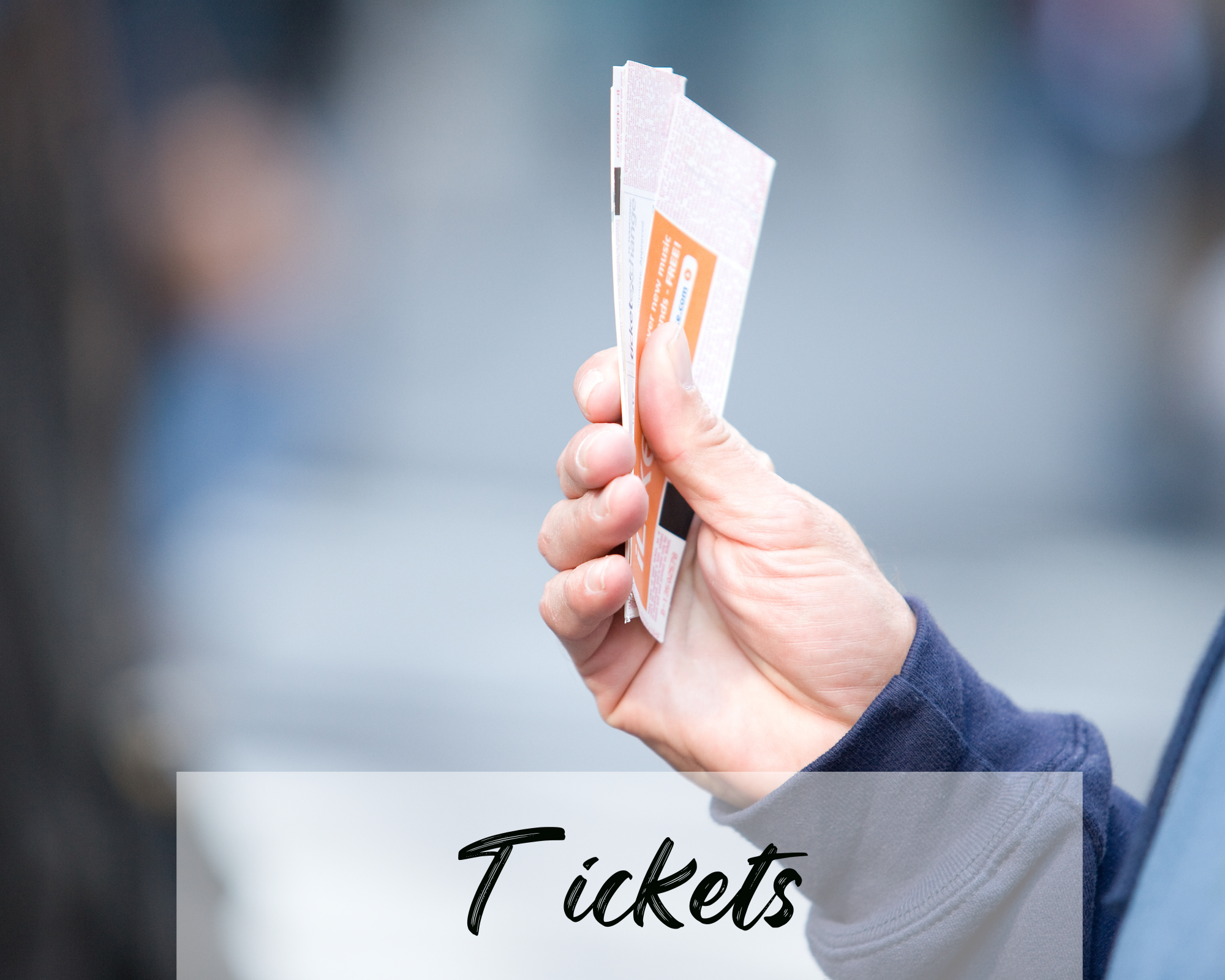
In general, there are three types of train services in Germany connecting major urban areas: Intercity-Express (ICE): high-speed trains that reach speeds up to 320km/h. ICE trains have first-class seating and a dining car. Intercity (IC): express trains. IC trains have first-class carriages and usually also have catering services of some kind. EuroCity (EC): Intercity trains with scheduled stops outside of Germany. Not all Intercity-type trains that travel outside of Germany are EC trains, however.
International trains
Germany lies right in the middle of Europe, counting nine different countries as neighbors. As a result, there are plenty of direct international trains running from German train stations. Deutsche Bahn’s high-speed service, the ICE, runs a number of international routes from countries like: Austria, Belgium, France, Netherlands, Switzerland, Czech Republic, Denmark, Italy, Poland.
Auto Europe Car Rental, provides the clients with the best rates & service in the industry! They offer travelers the best rates at 20,000 pickup locations in over 180 countries worldwide. The Auto Europe Advantage: Free Cancellation Up to 48 Hours Before Pickup, Best Rate Guarantee,24/7 Service Hotline from Pickup to Drop off. Enjoy now a 30% discount!
Getting here
There are a total of 36 international airports in Germany, ranging from smaller airfields only operating a few routes and airlines, to mega complexes such as Frankfurt and Munich that transport tens of millions of passengers per year.
In total, there are 16 international airports, 12 of which are considered major airports with over 50,000 passengers. With more than 500,000 aircraft movements and 70 million passengers per year, Frankfurt Airport is the largest in the country.
Airlines are mainly divided into the areas of passenger transport, freight transport, charter flights and ambulance services. By far the largest German airline is the formerly state-owned Lufthansa, which has been fully privatized since 1997.
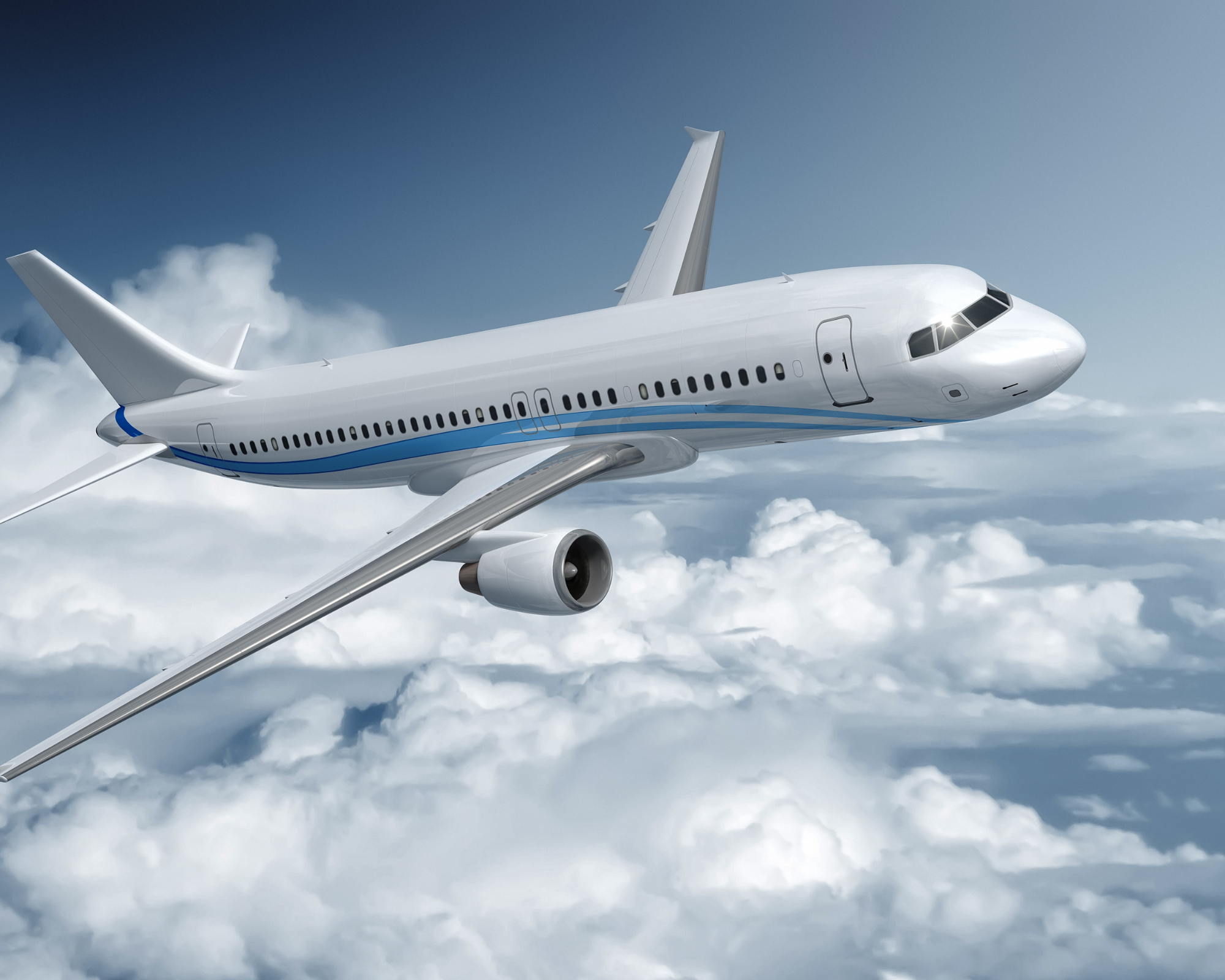
Frankfurt Airport is the busiest in Germany. Munich Airport(franz strauss airport munich), which transported 46,3 million passengers in 2018, is the second busiest, and 24,28 million passengers puts Düsseldorf Airport into position three.
Qatar Airways is one of the biggest company in the world with unprecedented expansion, flying to over 160 destinations. Enjoy now a 30% discount by booking your flight with us!
If you have not found your desired flight, or you simply want more flight options to find the best and cheapest, we will help you with the best flight plans, where you will definitely find what you are looking for. With just one click you will find the flight to a wonderful destination!



